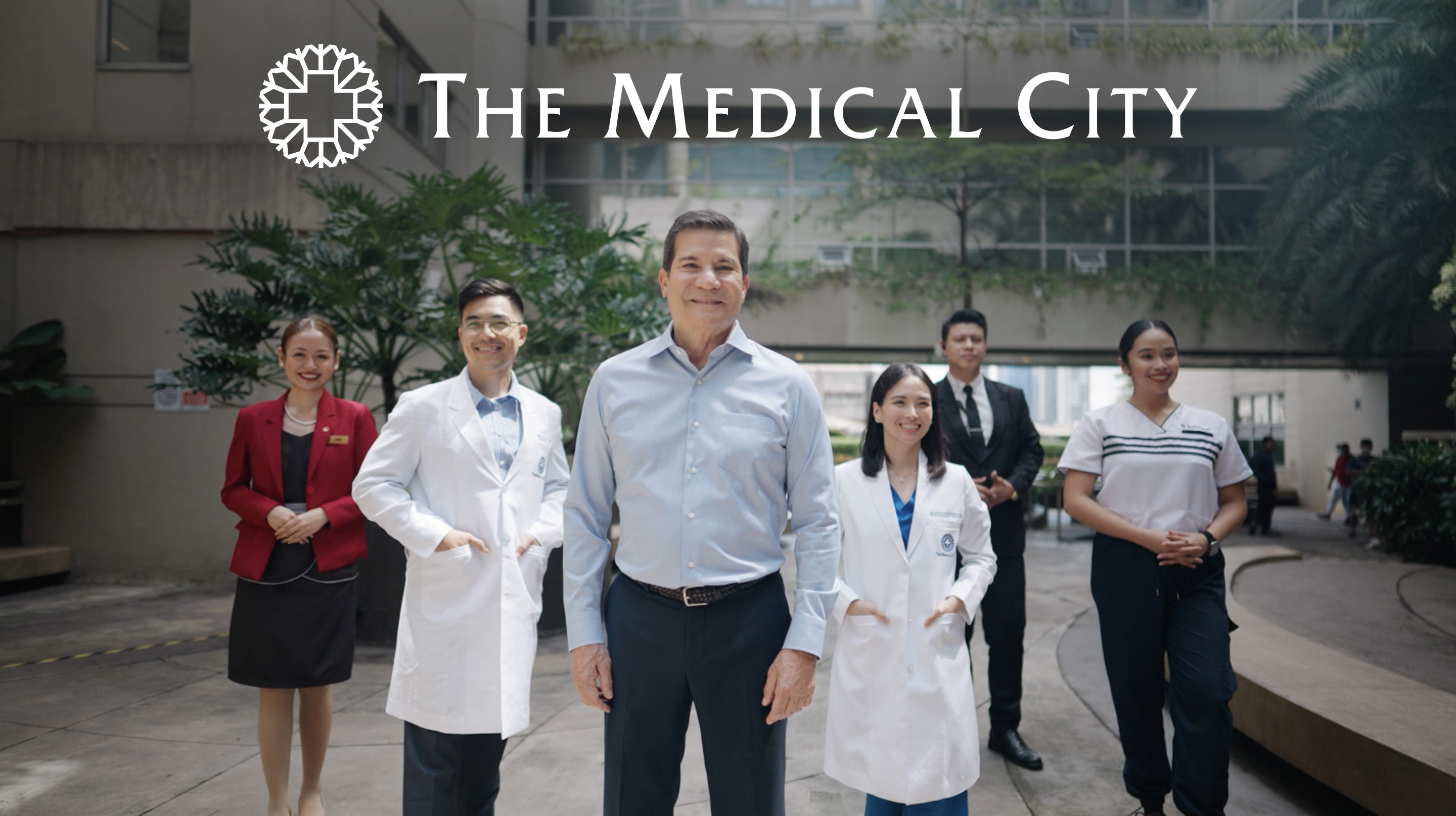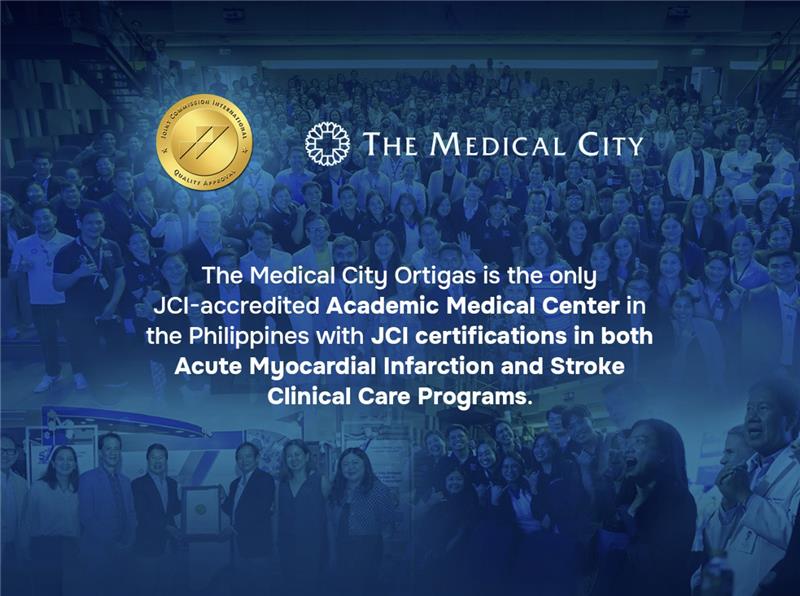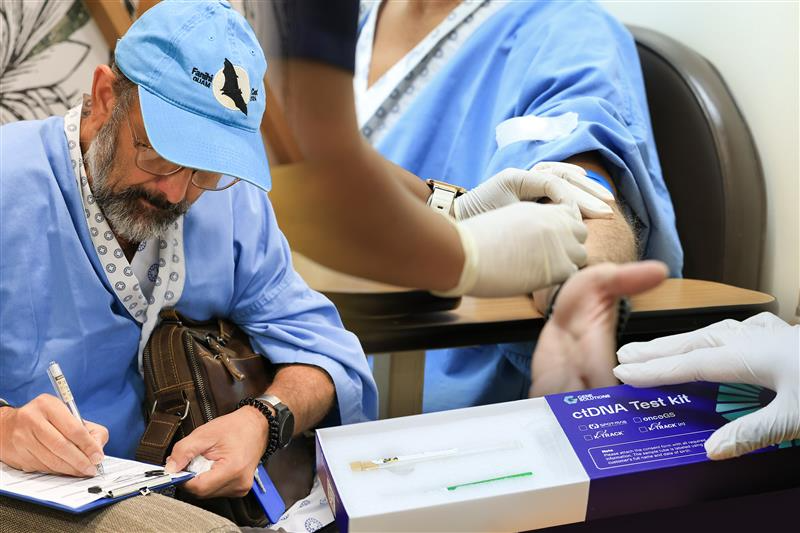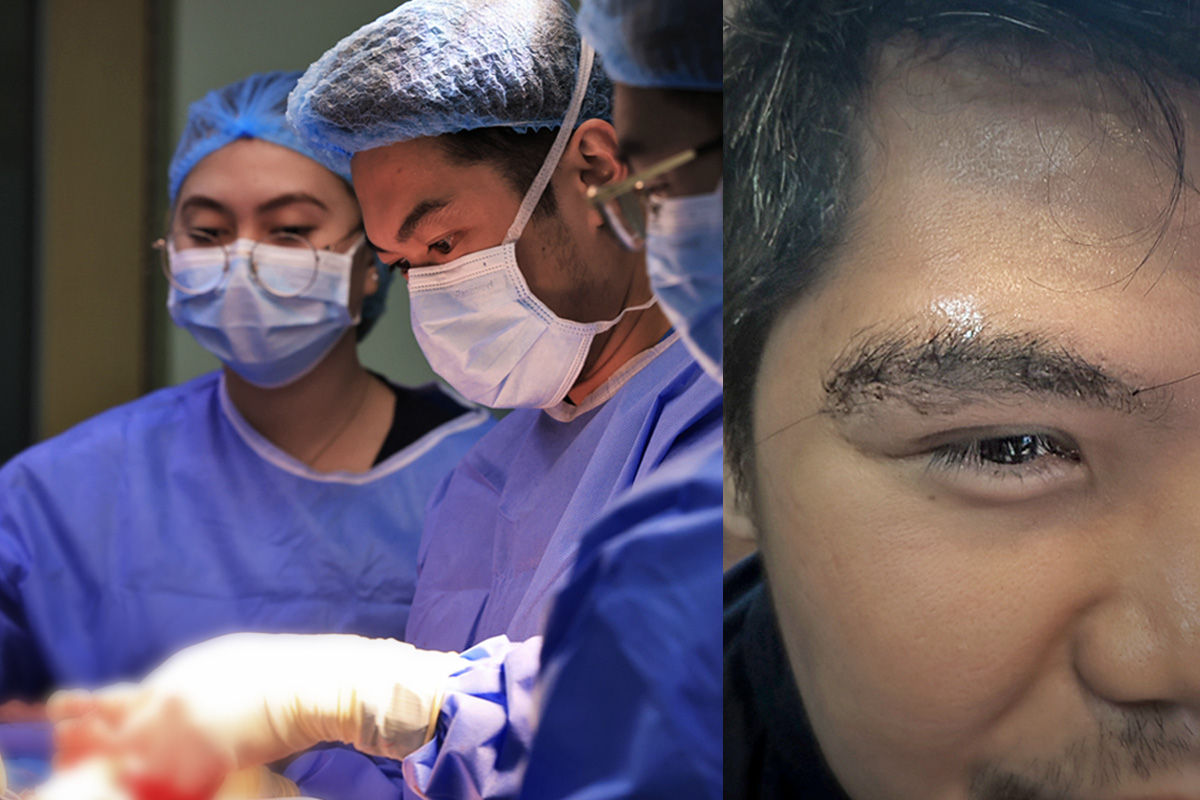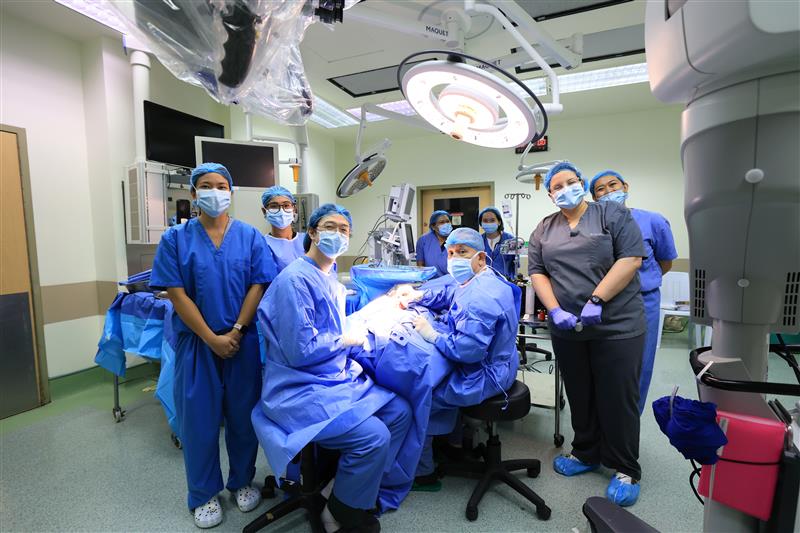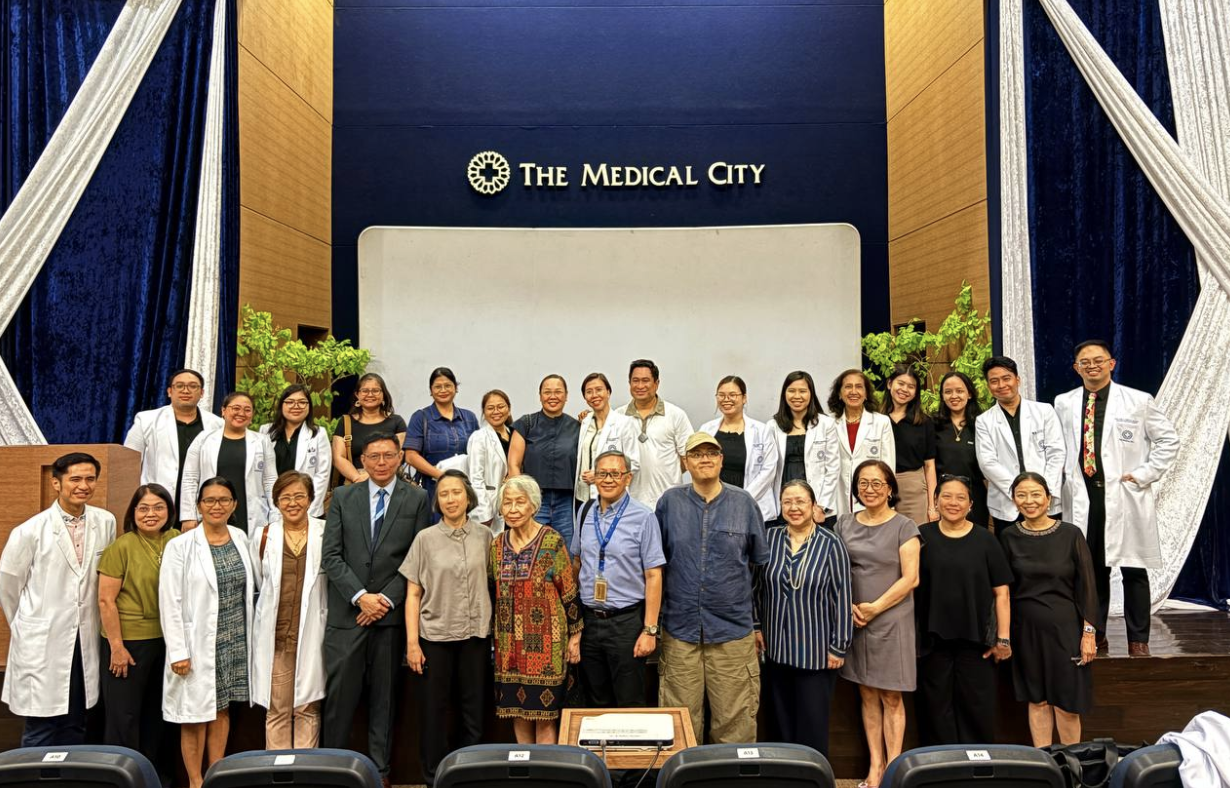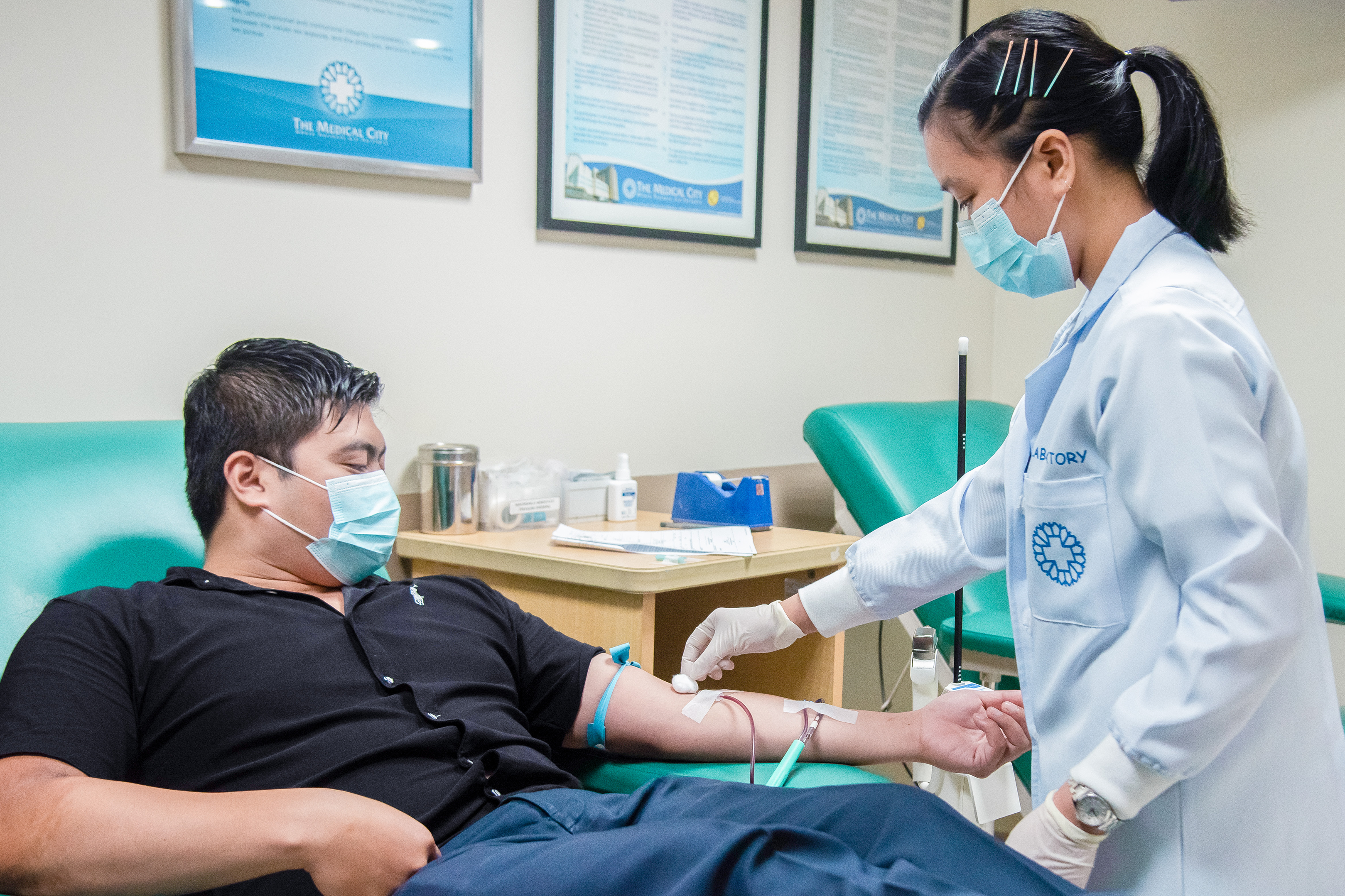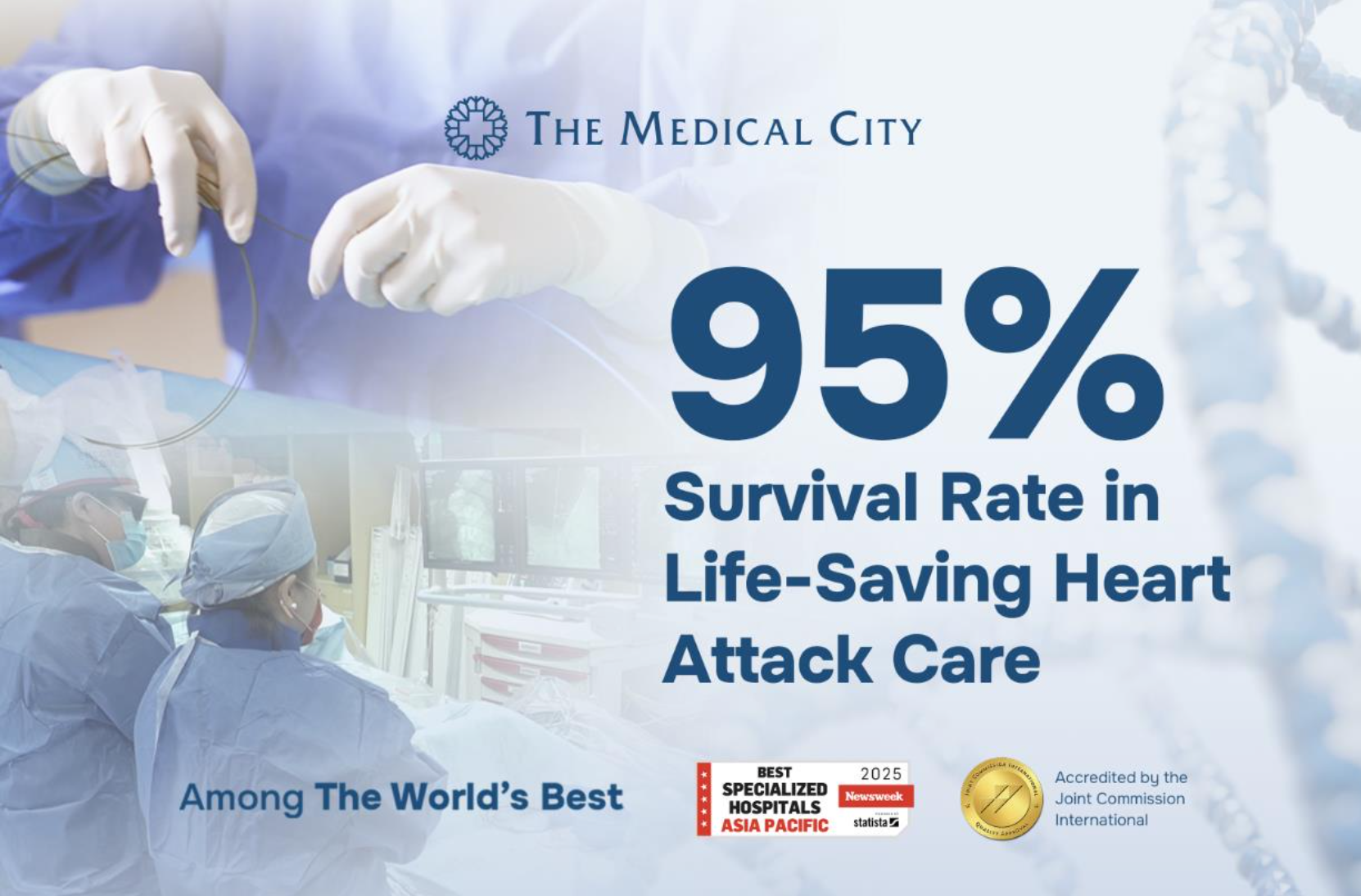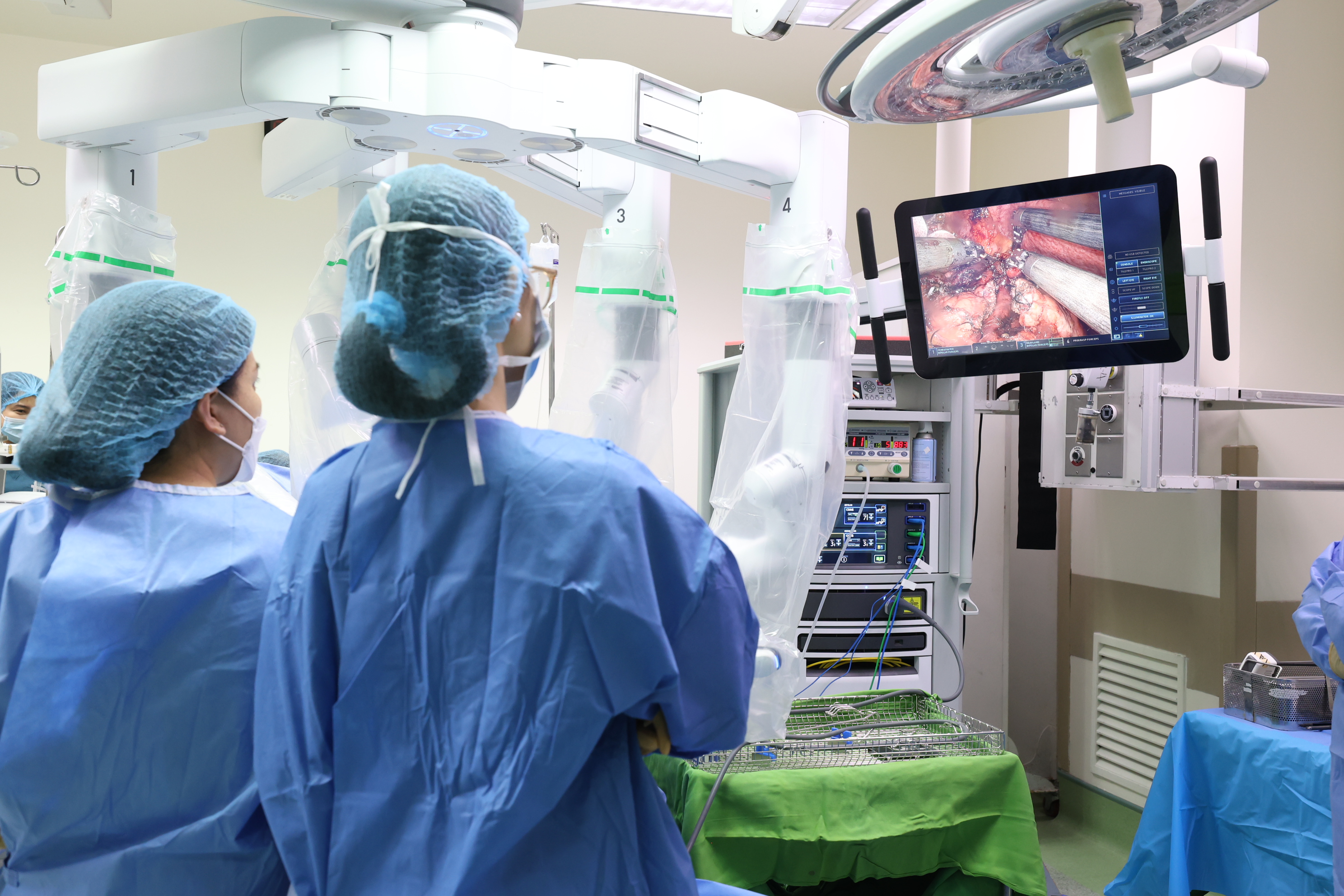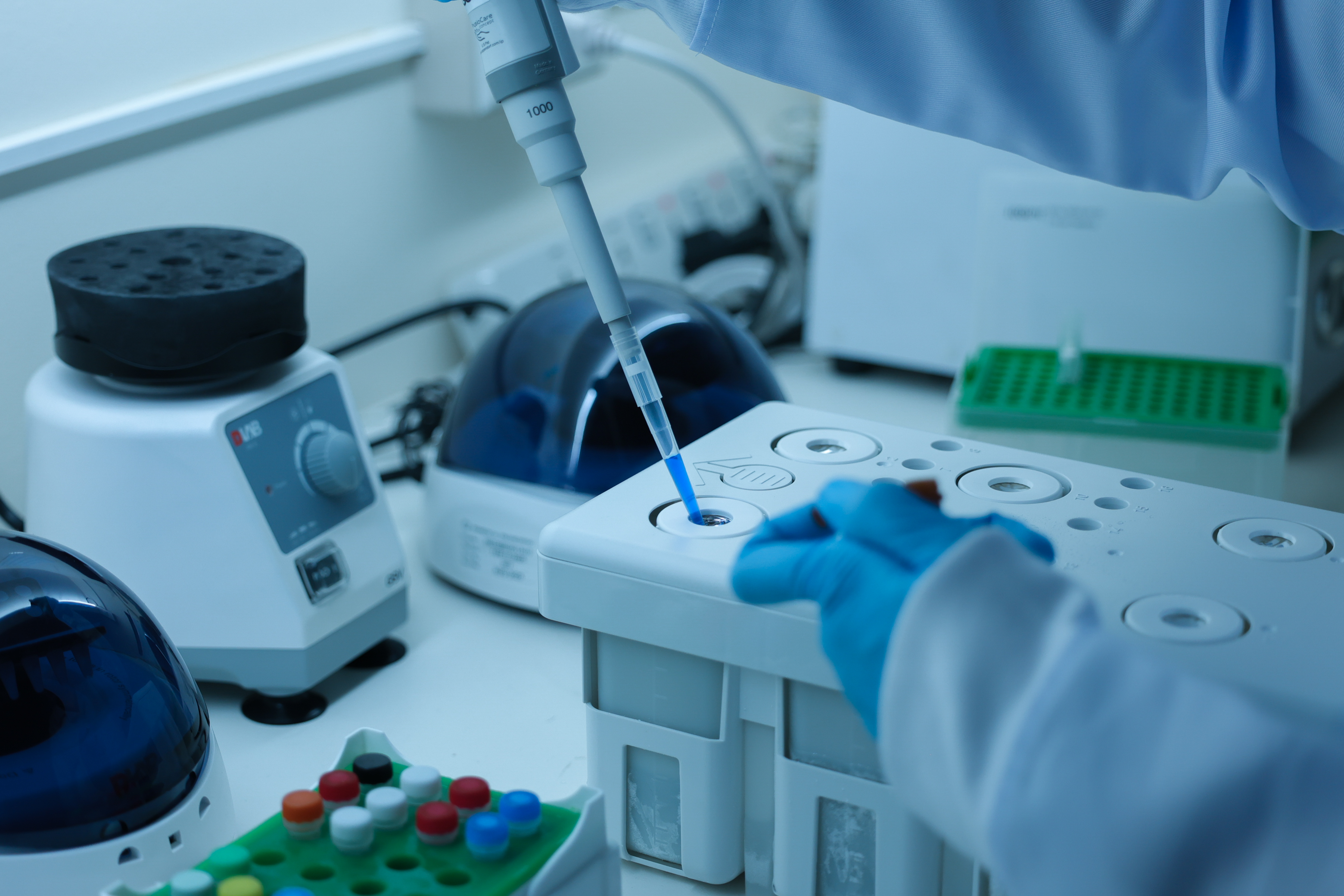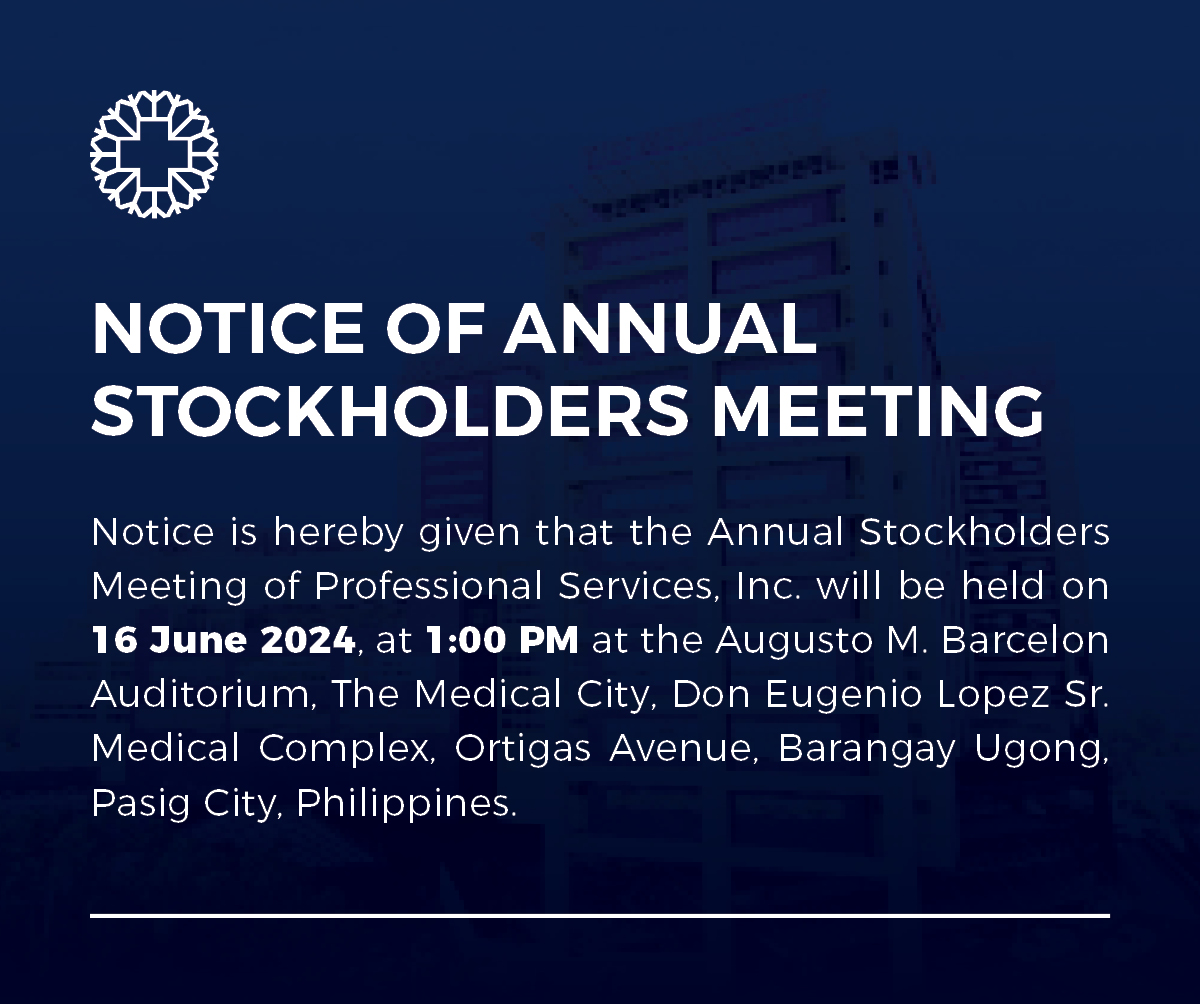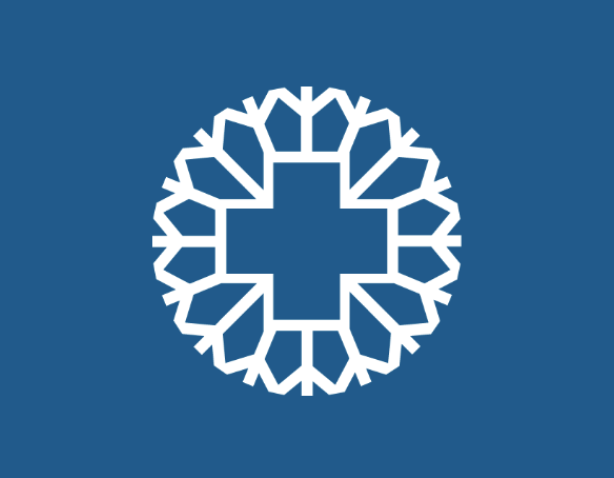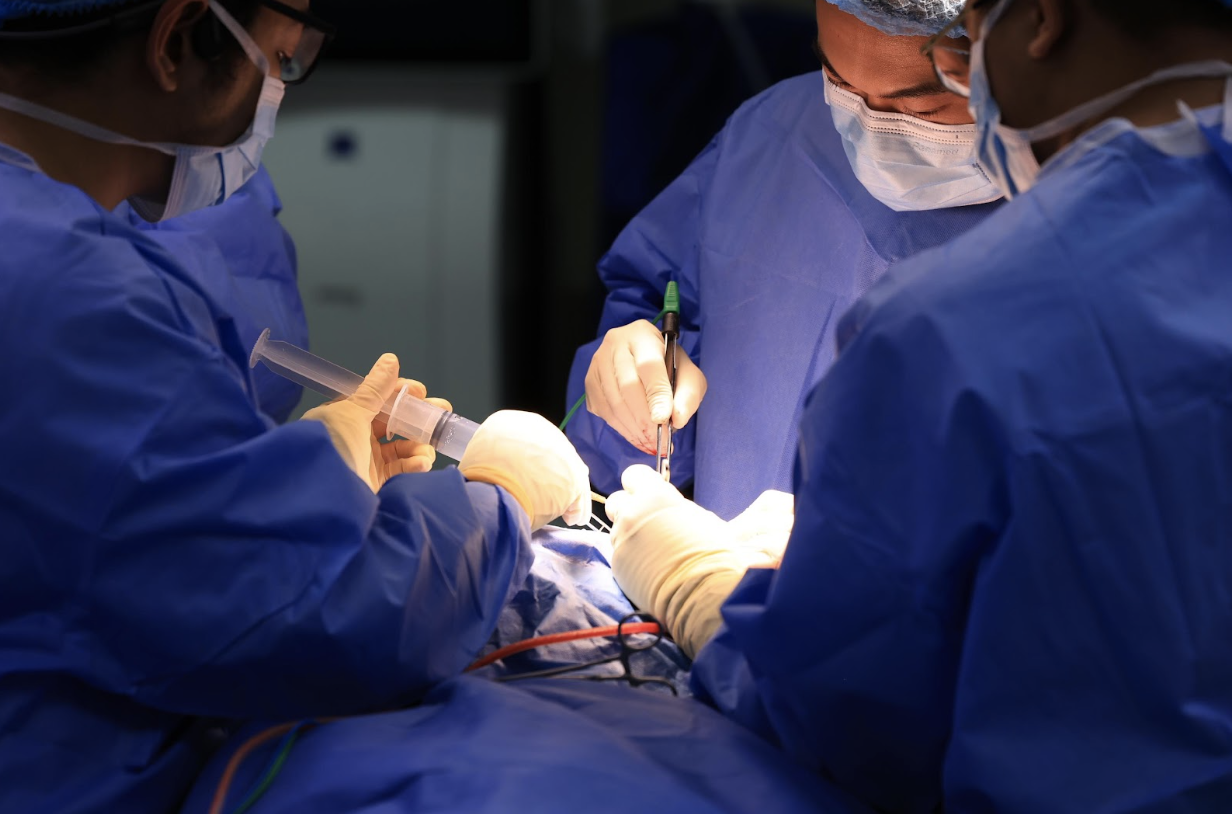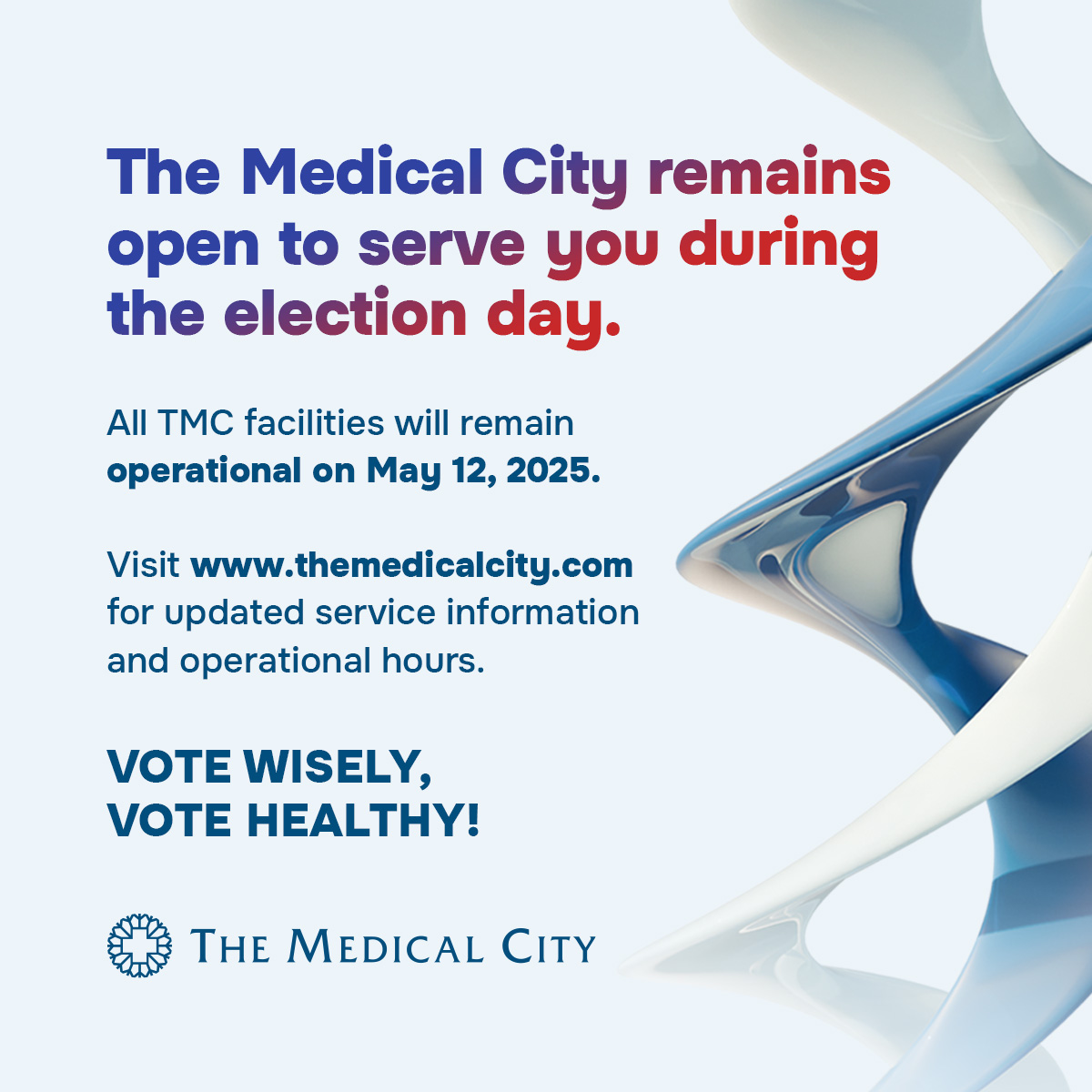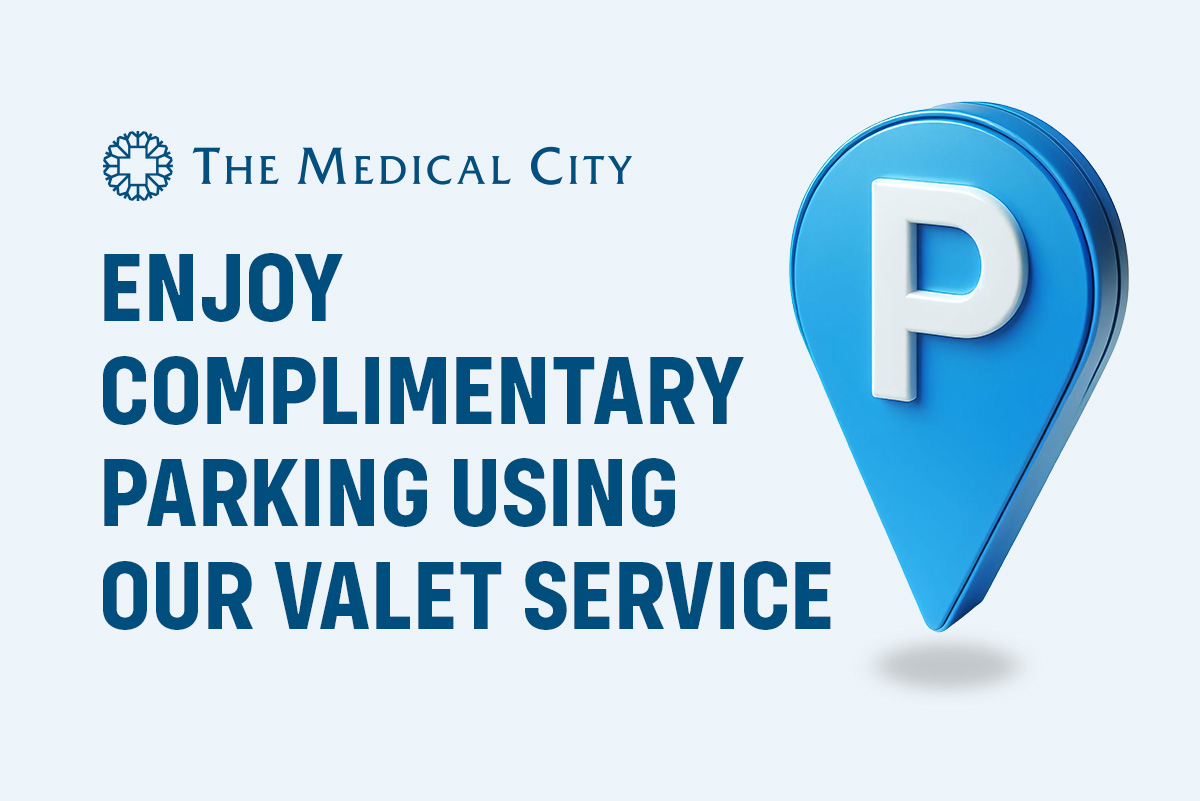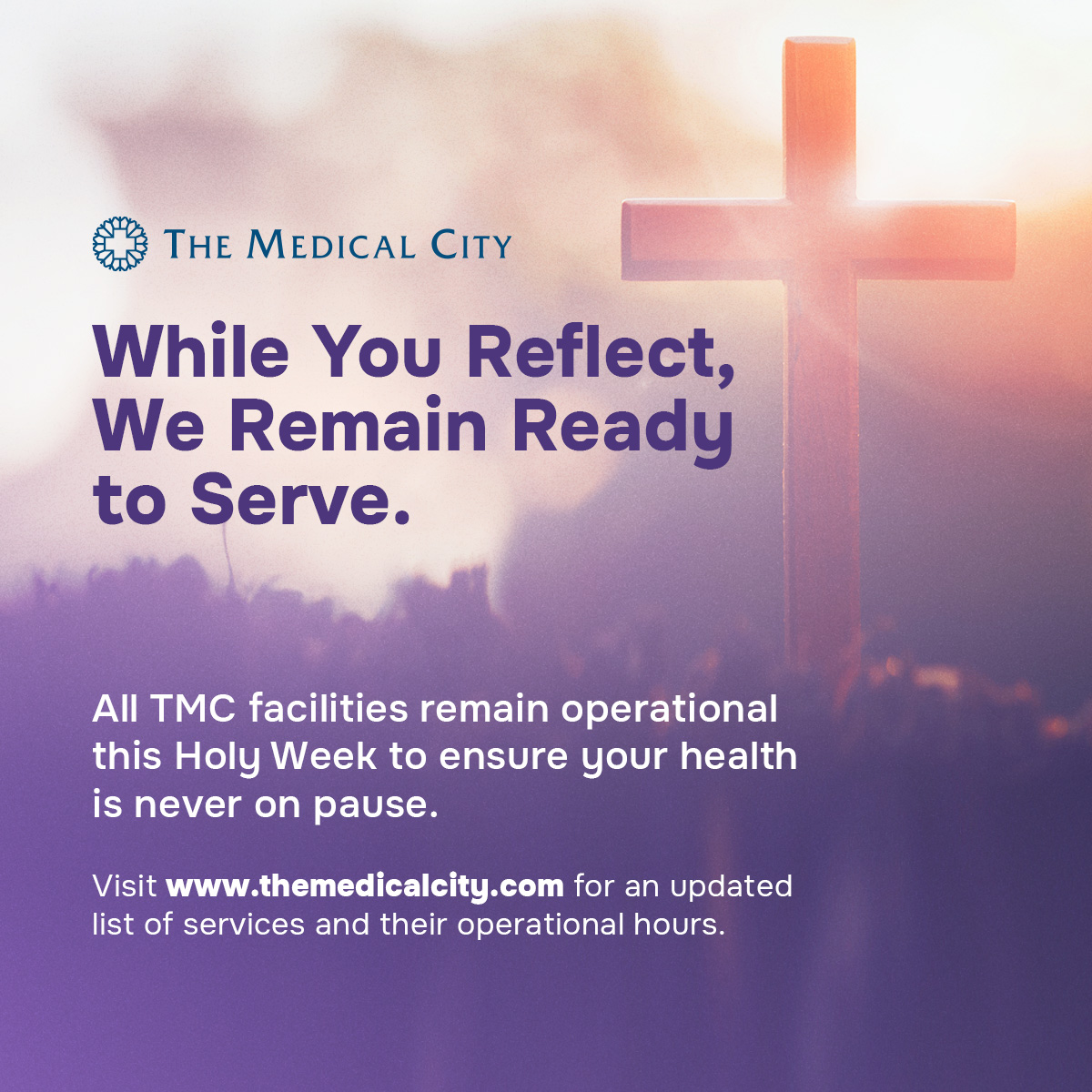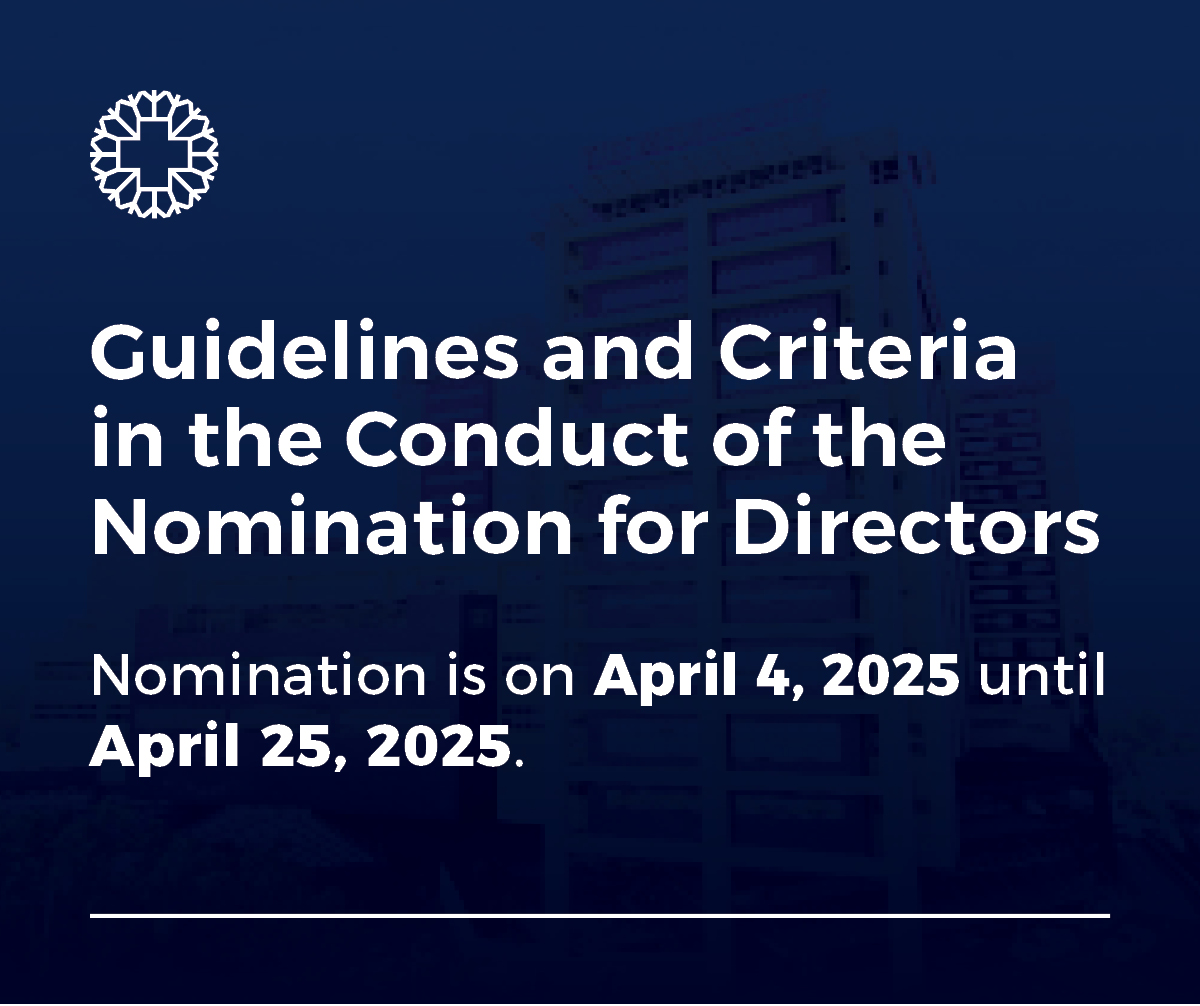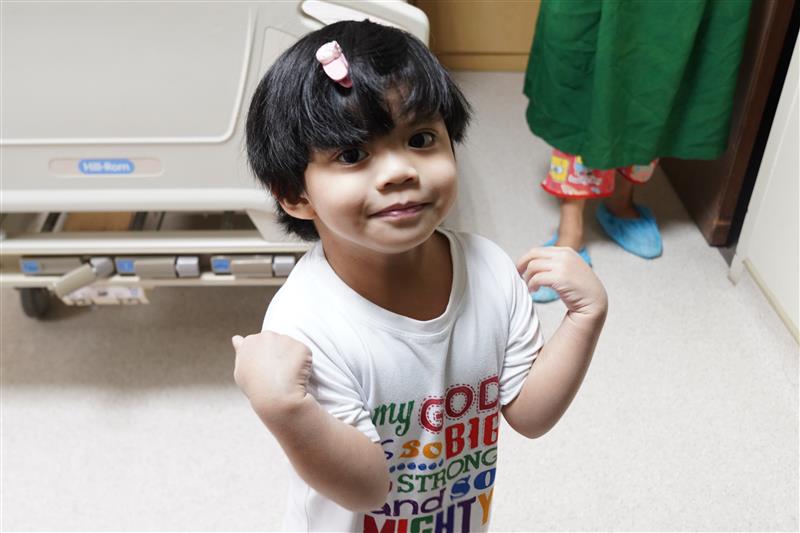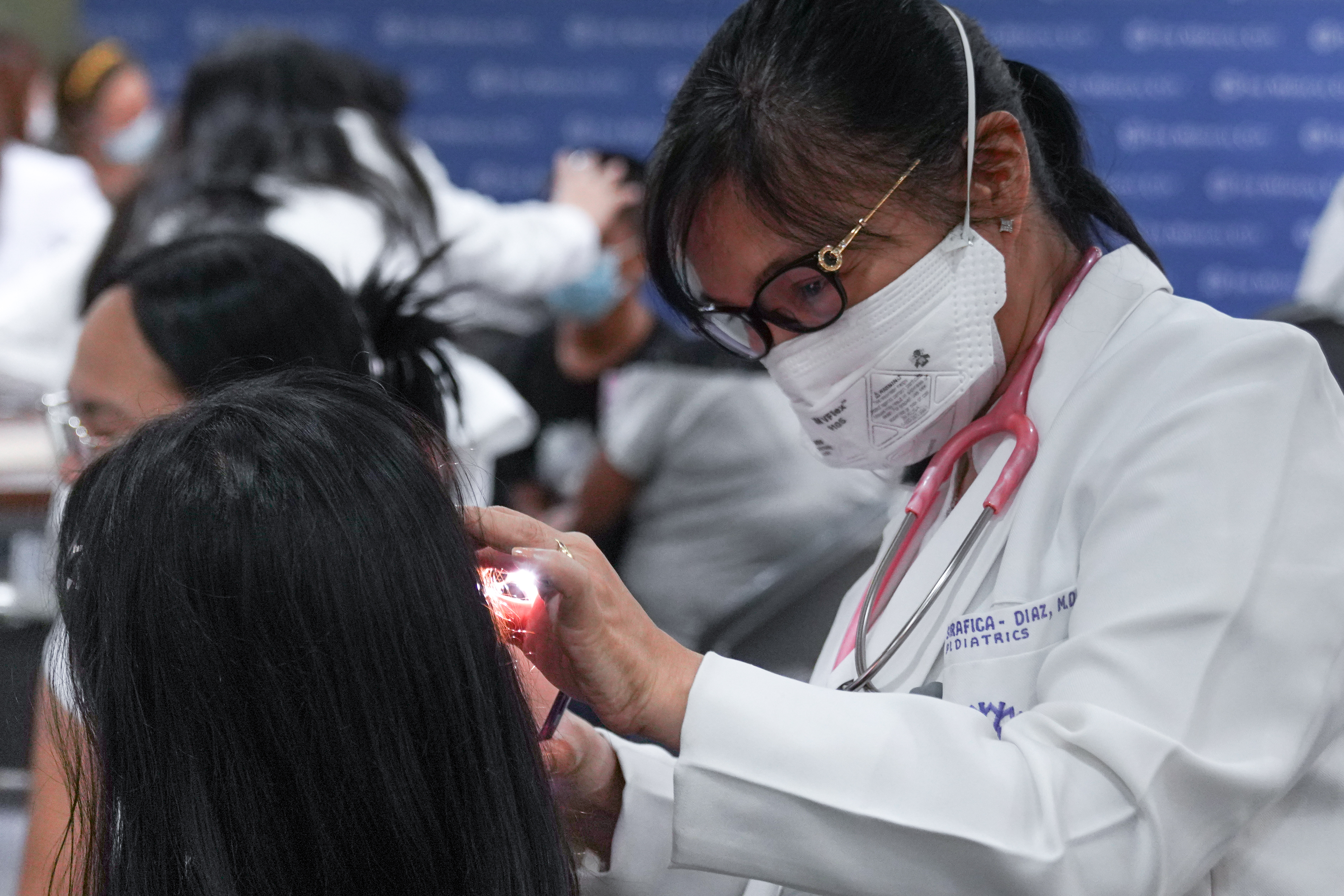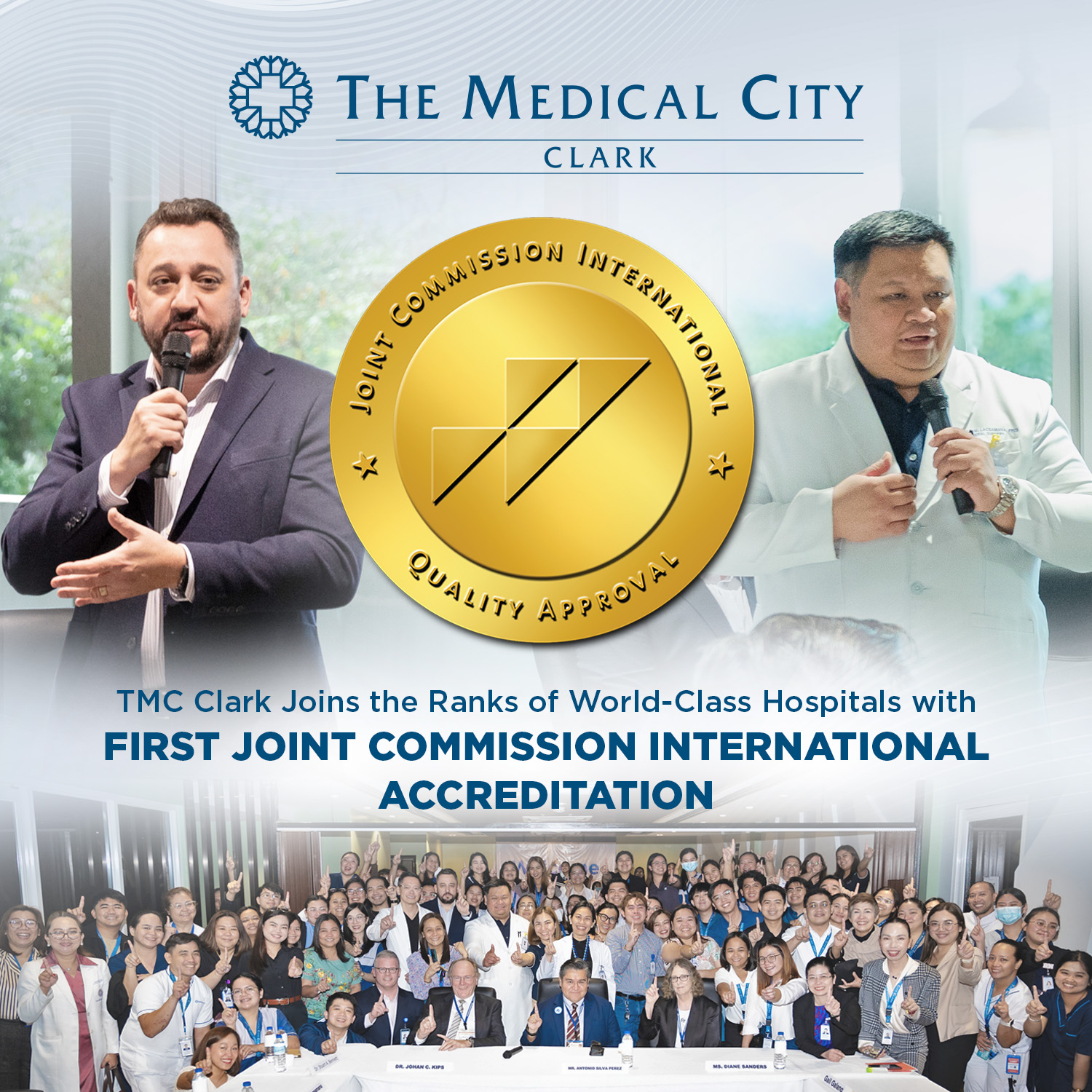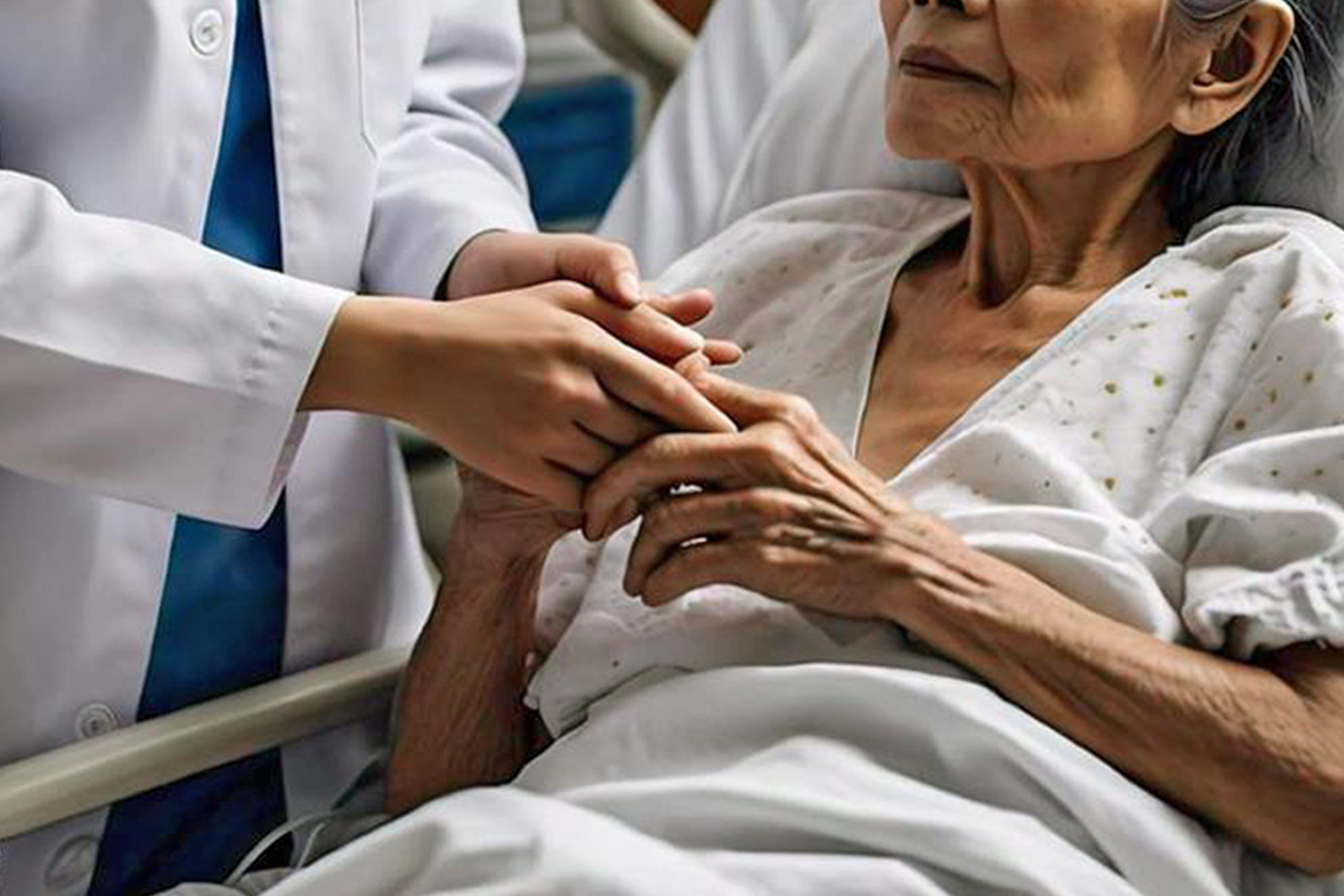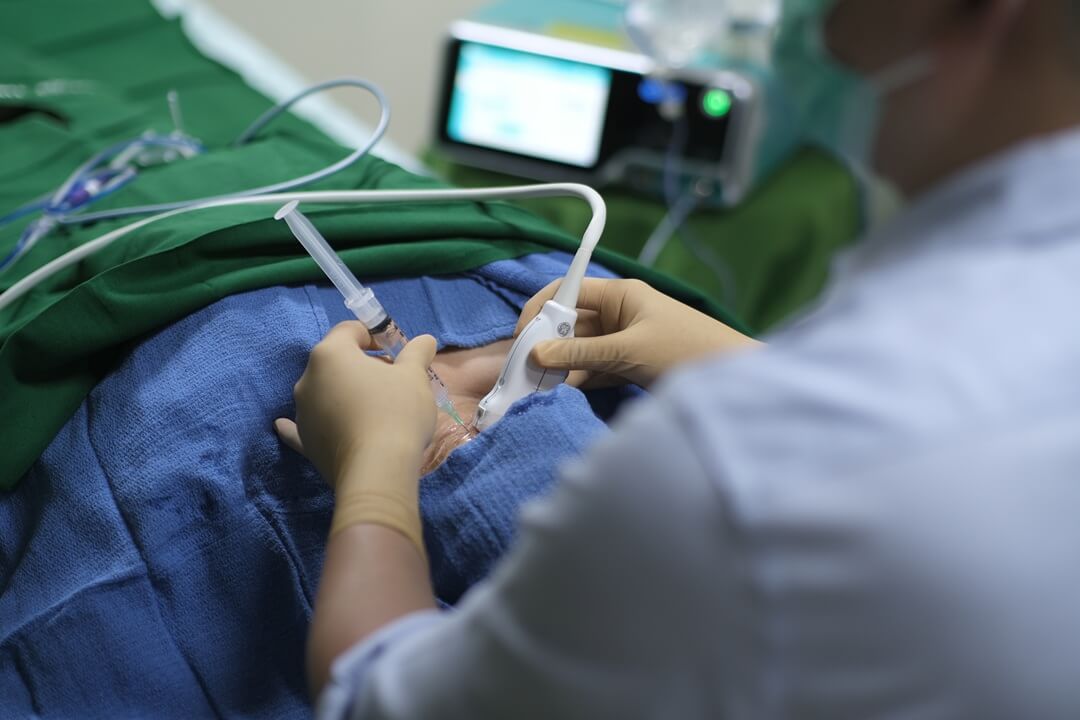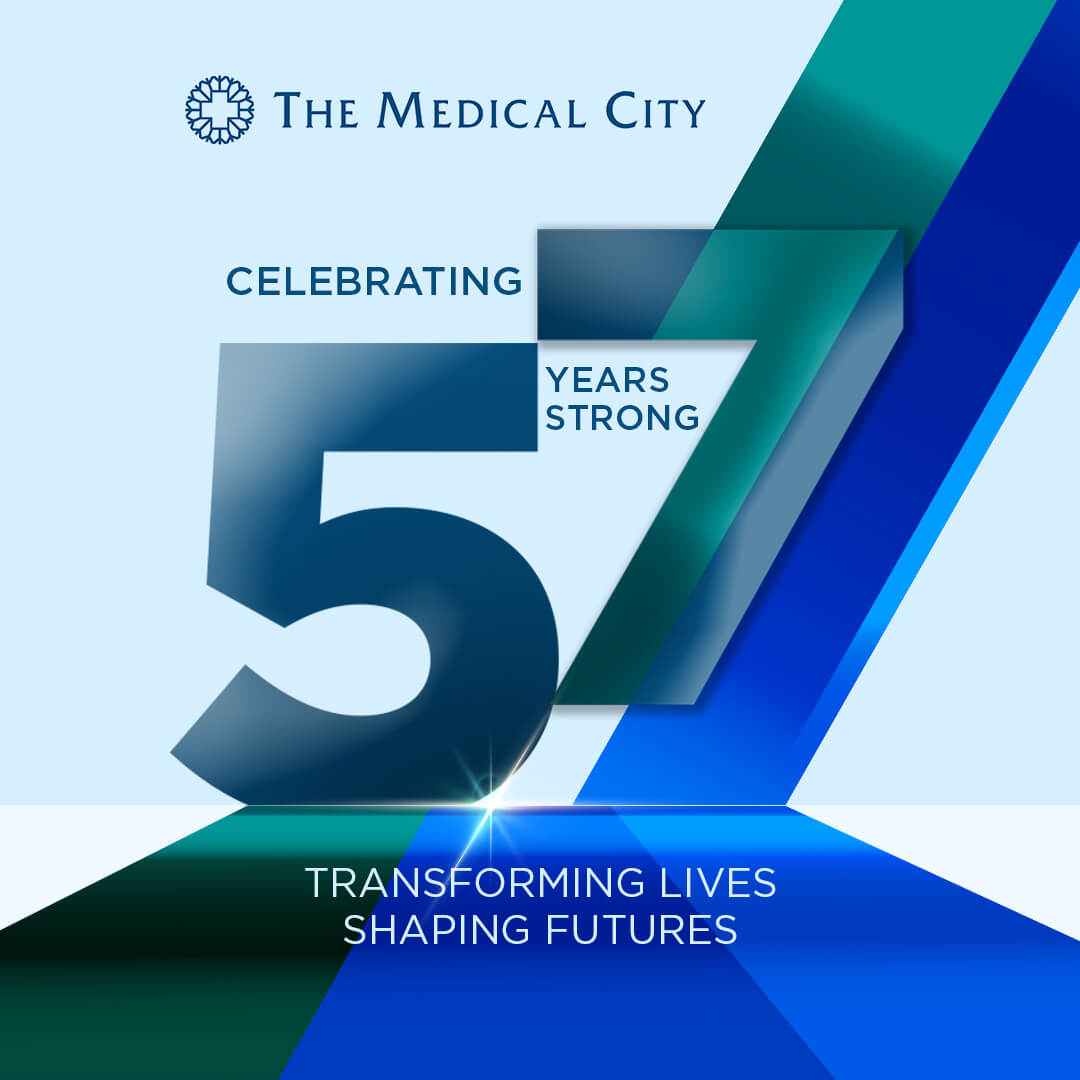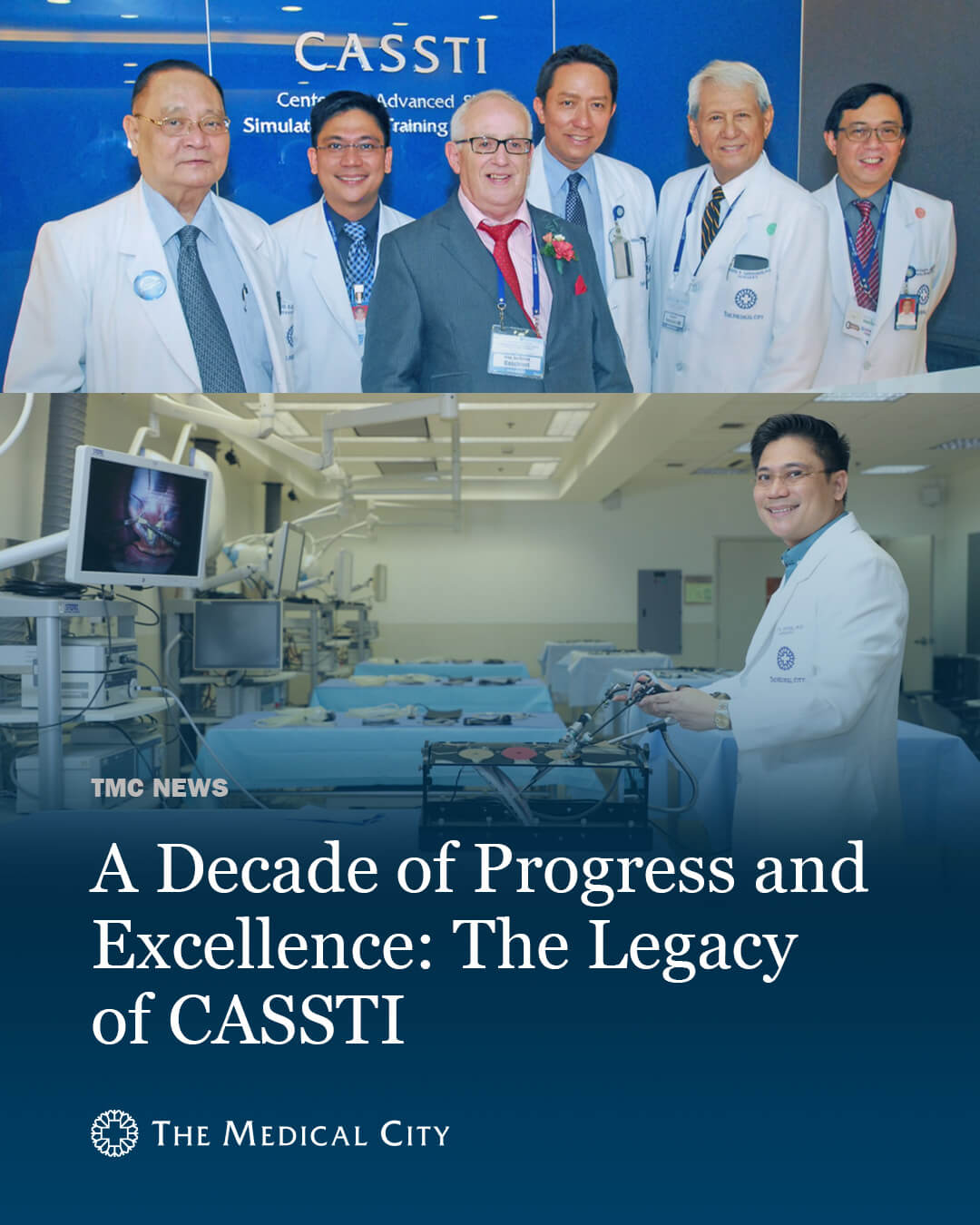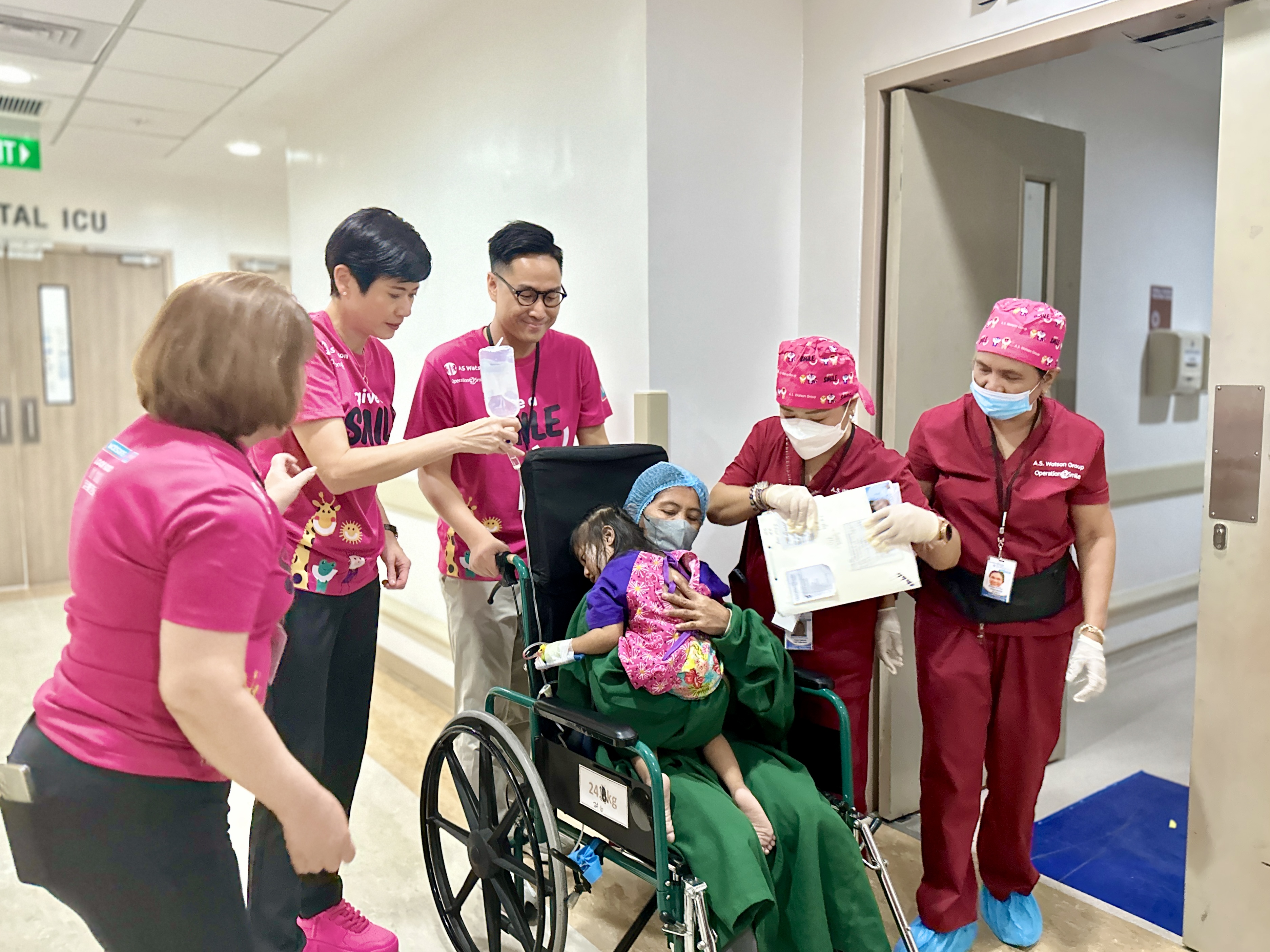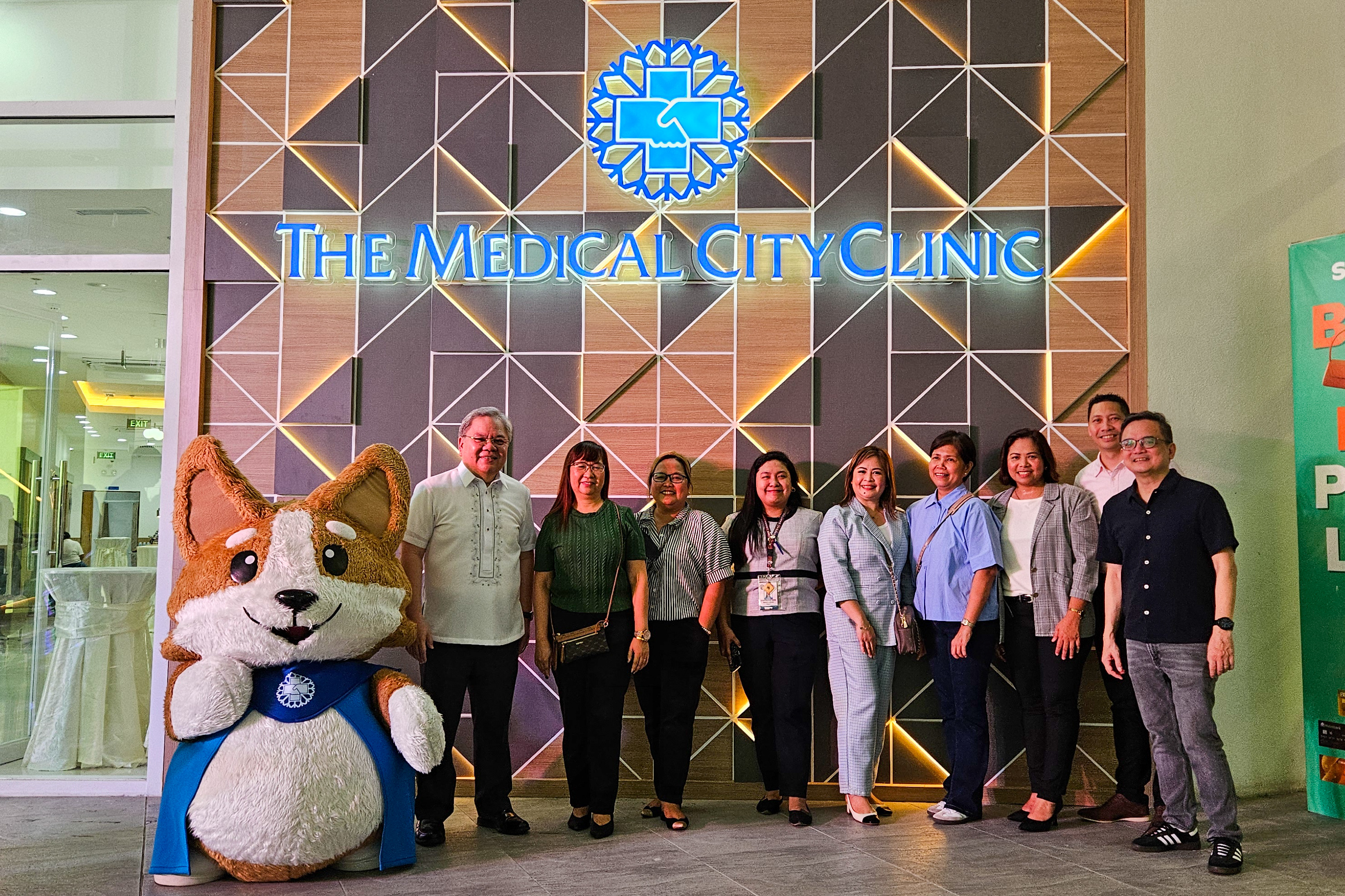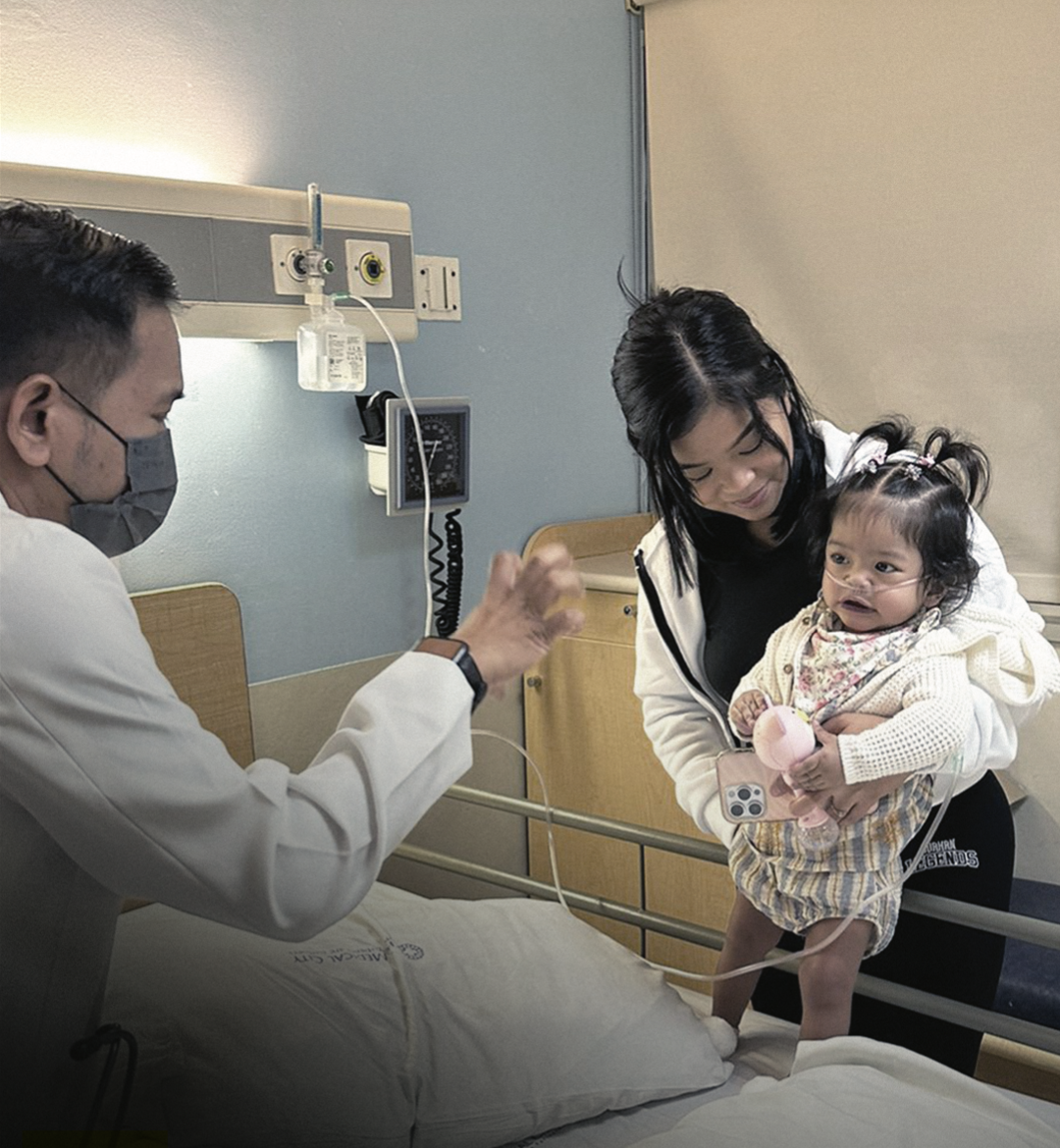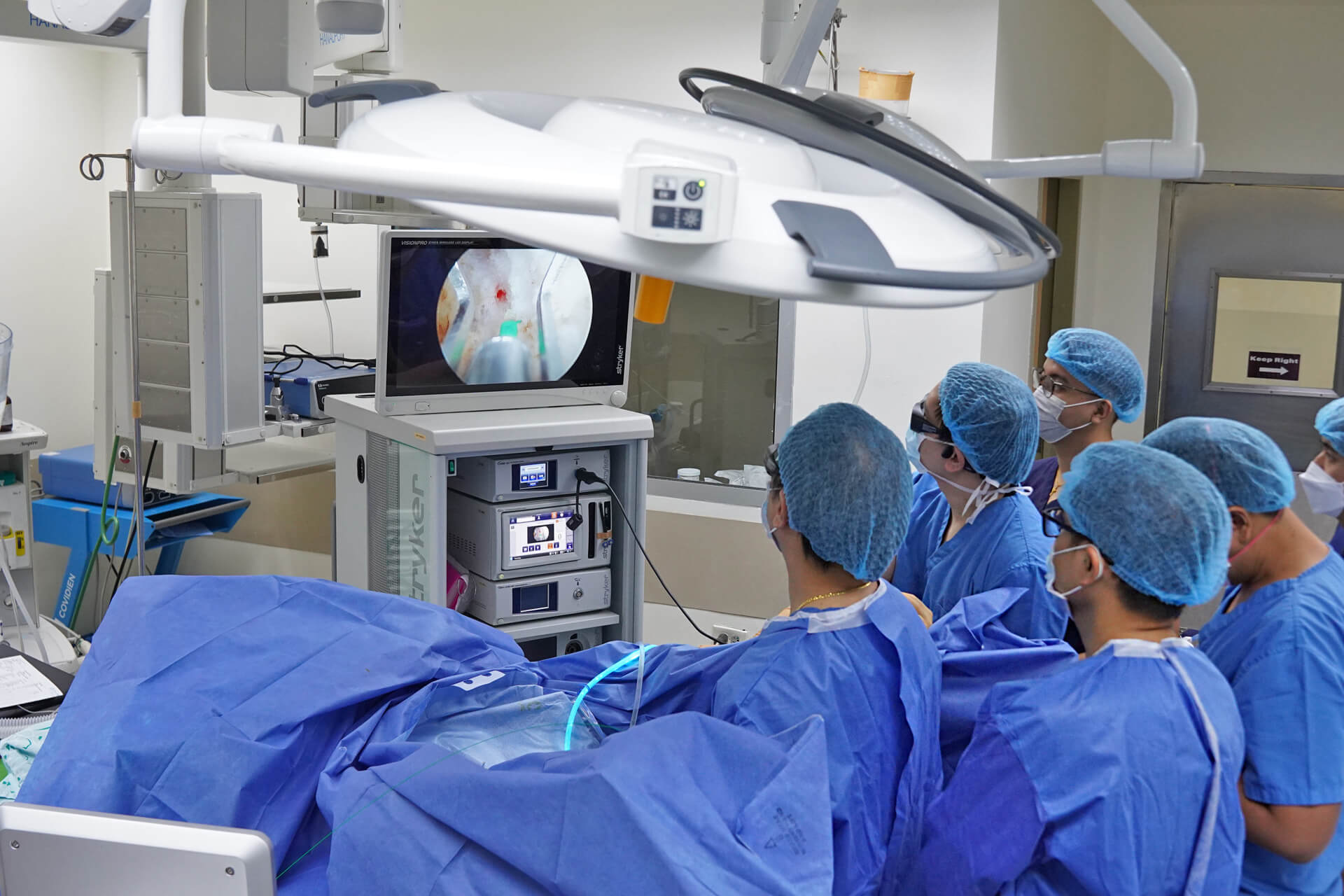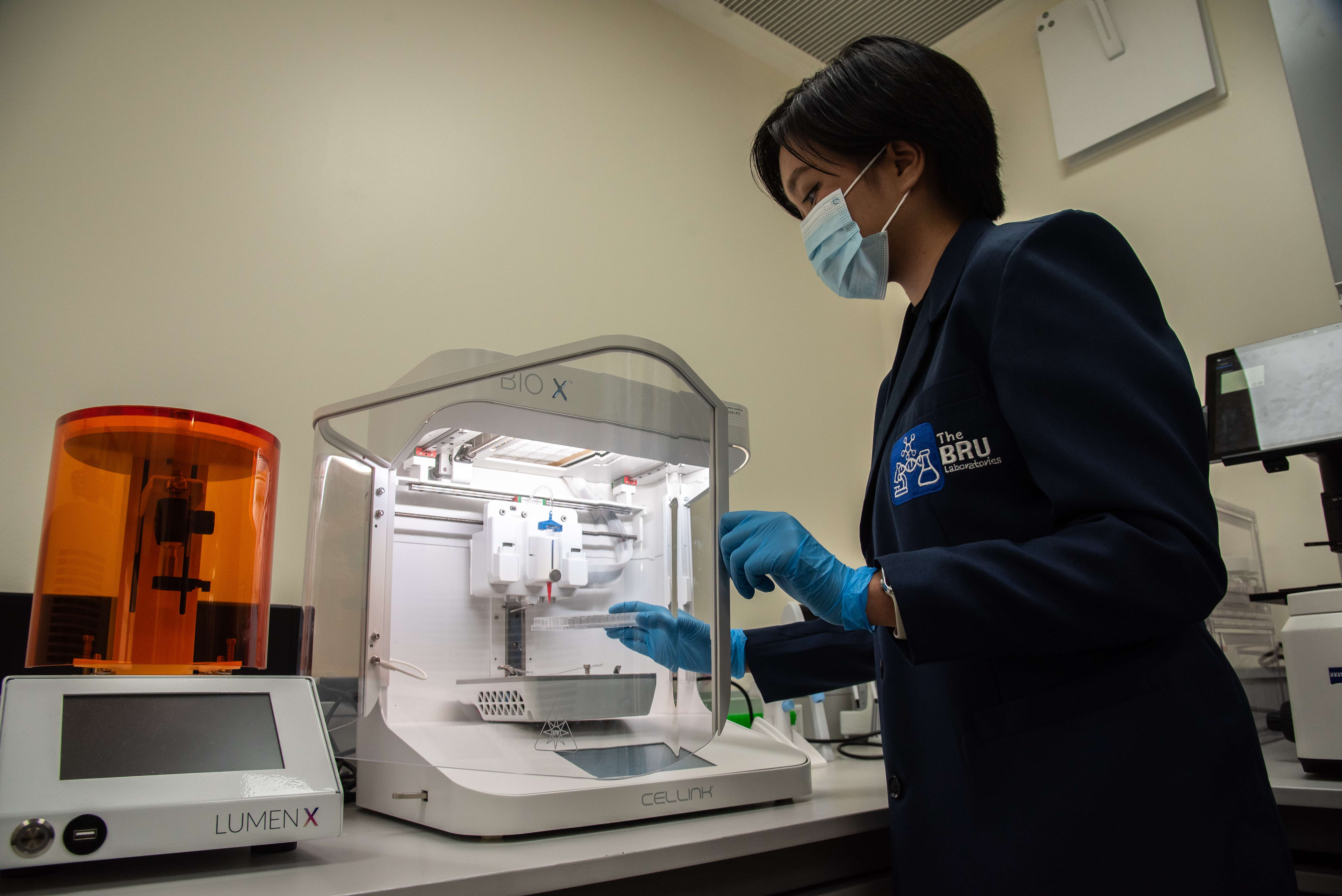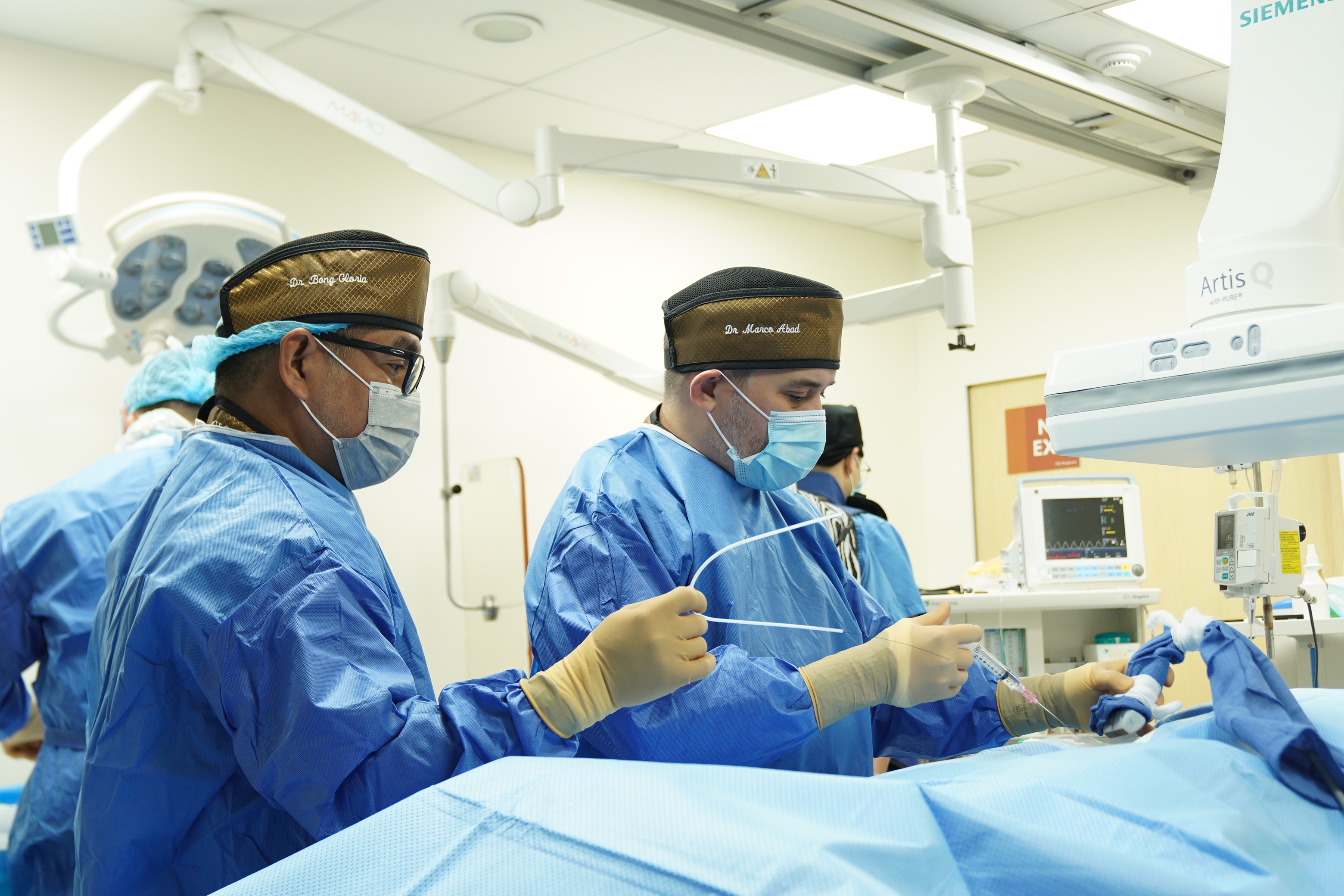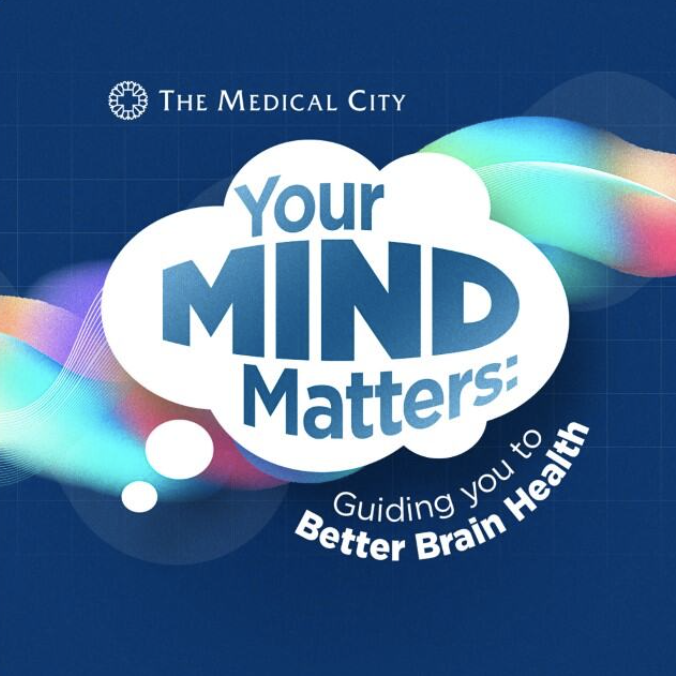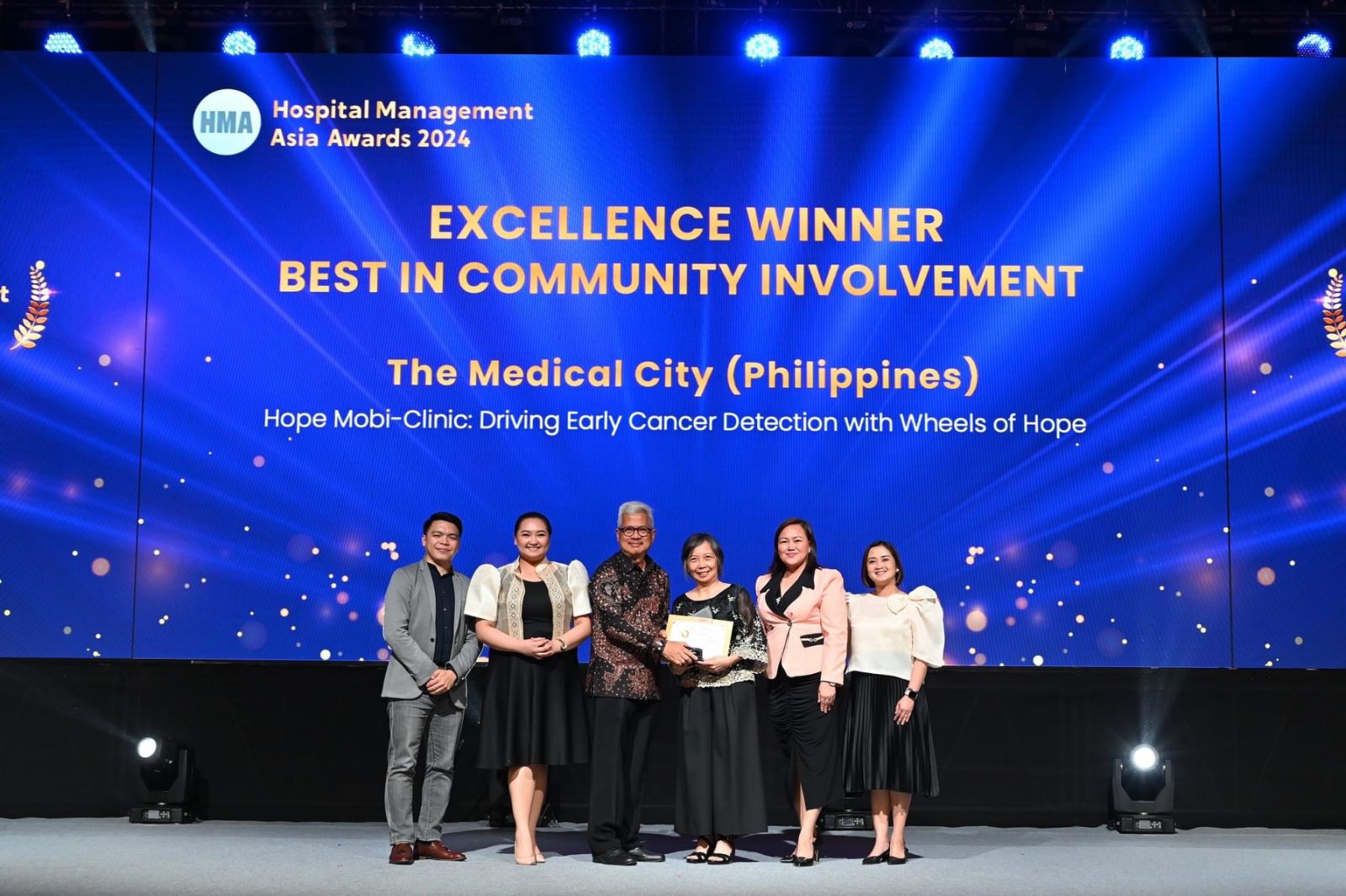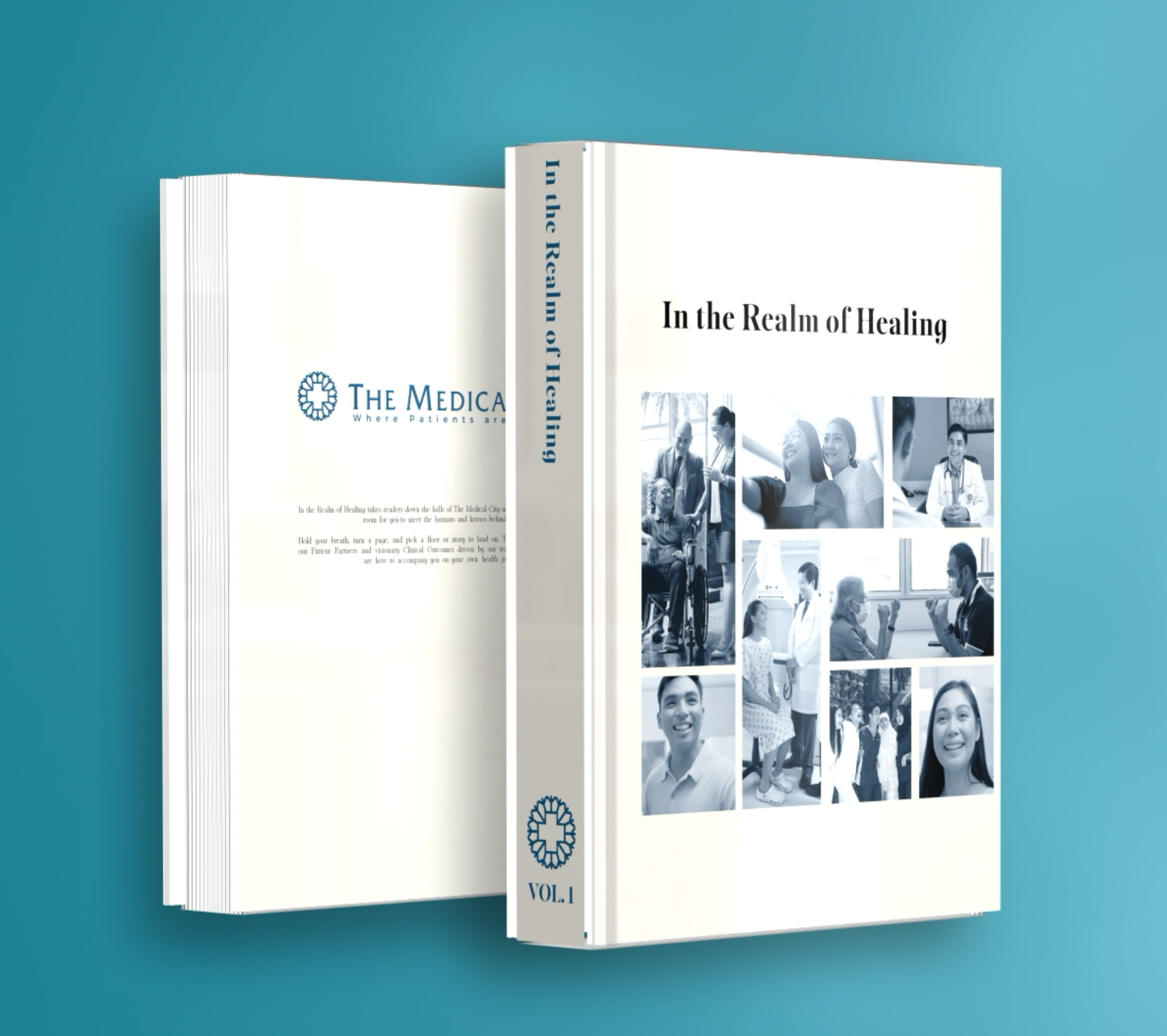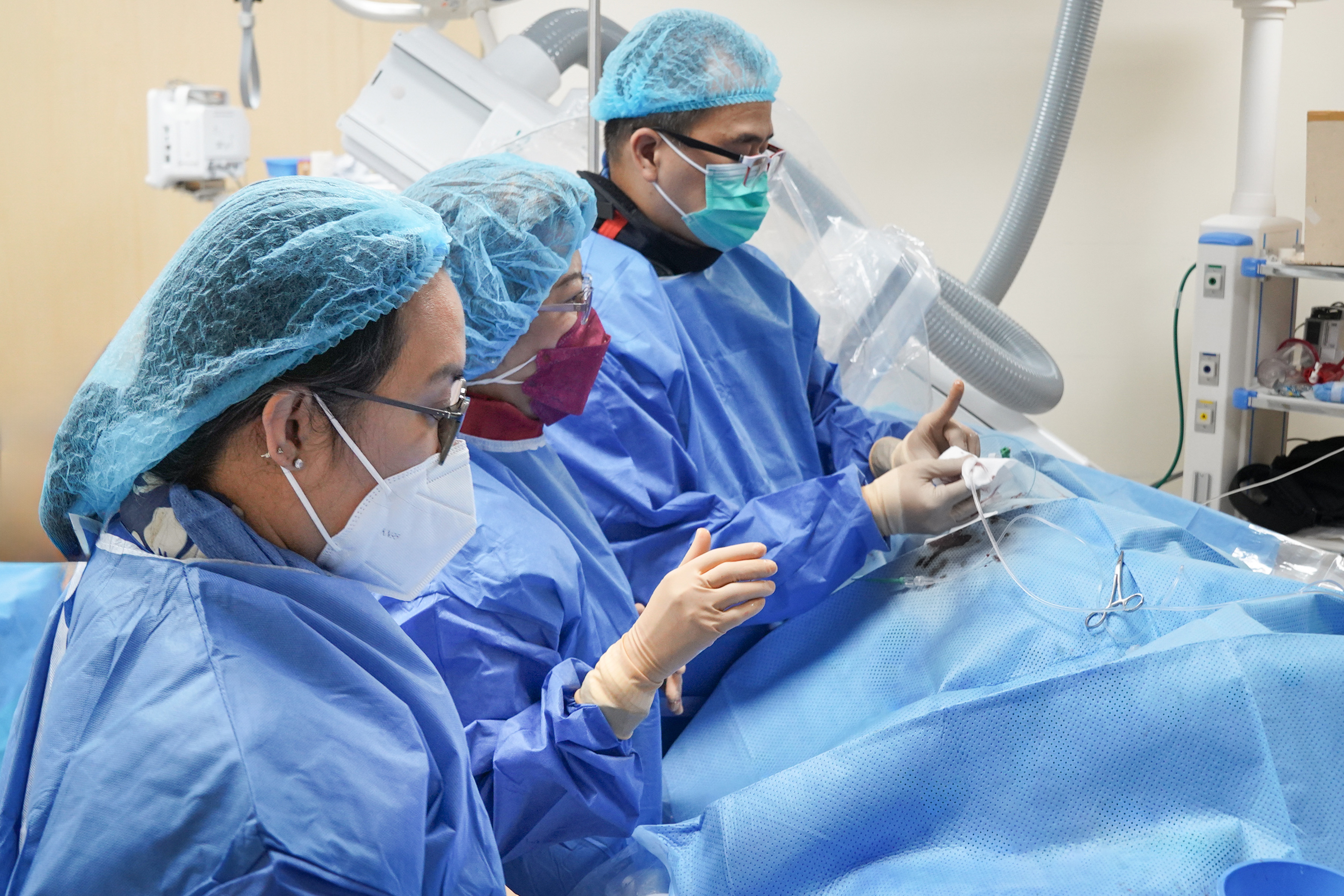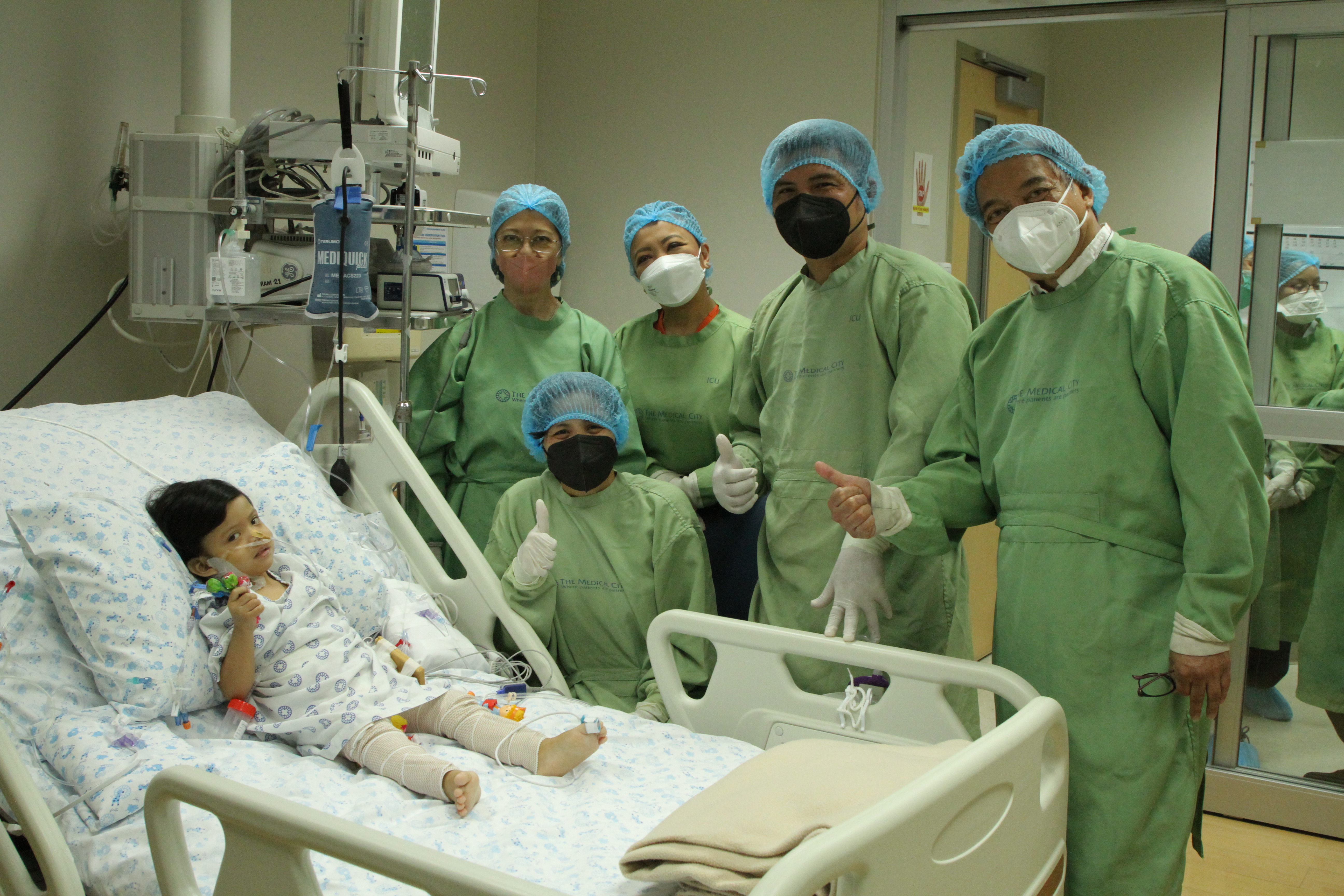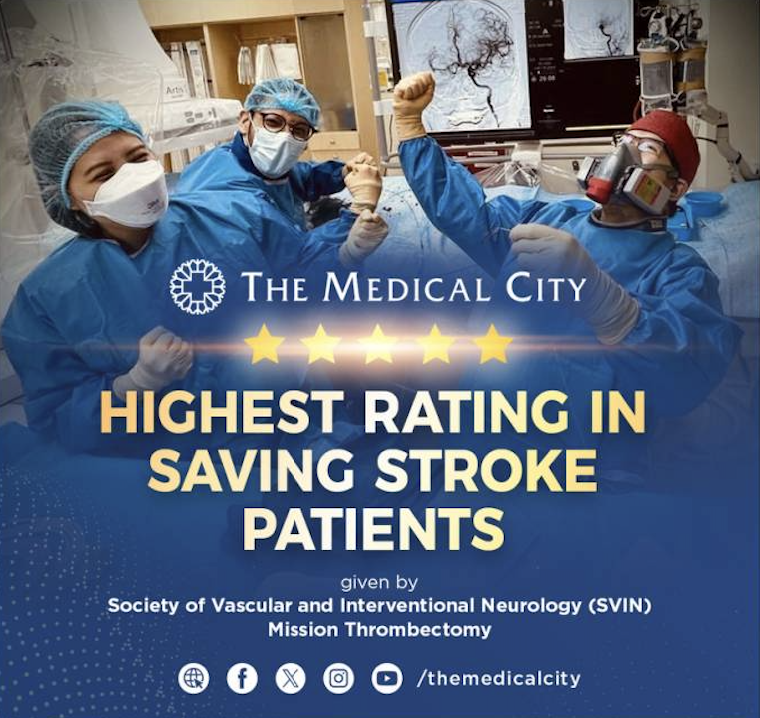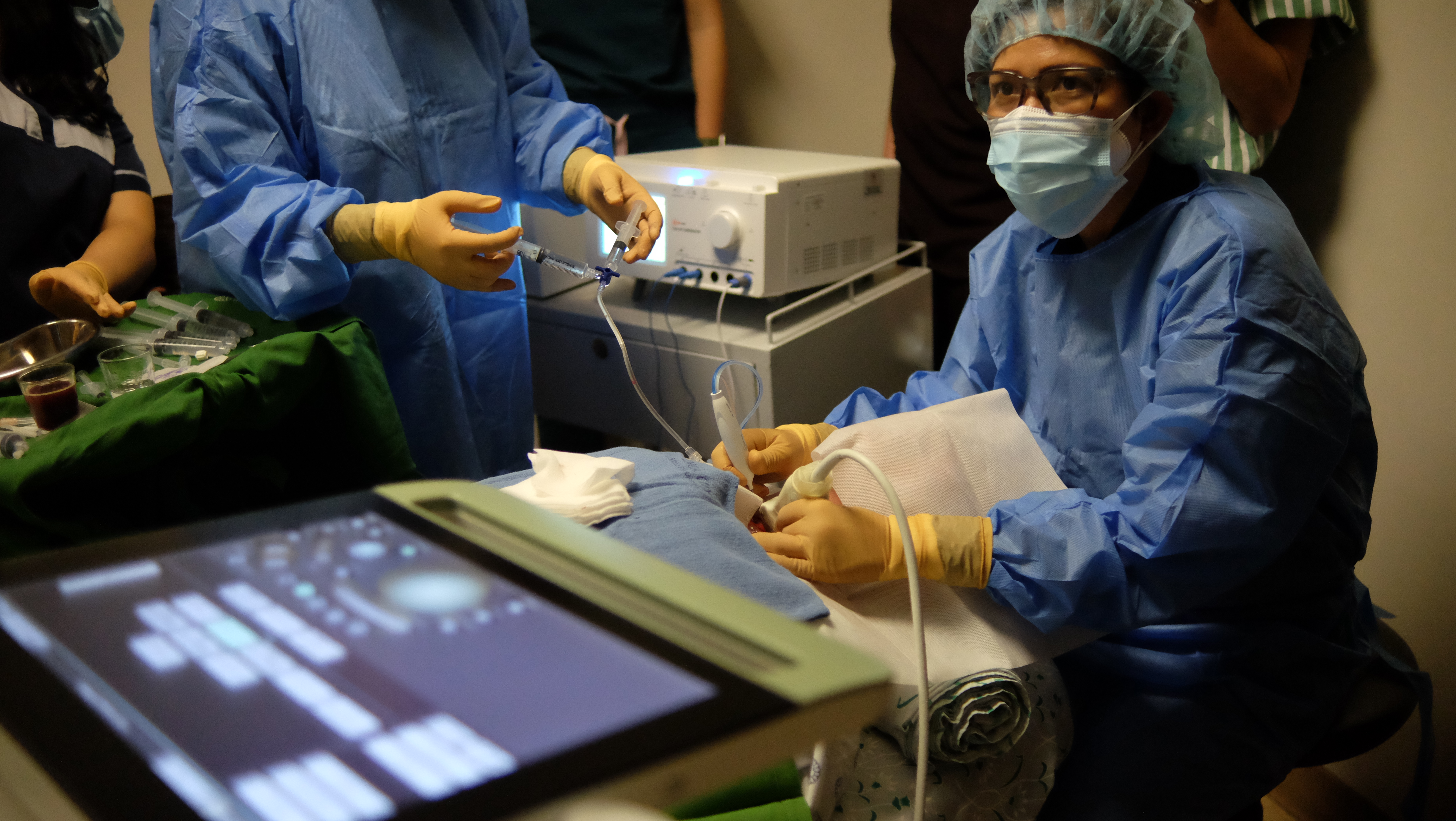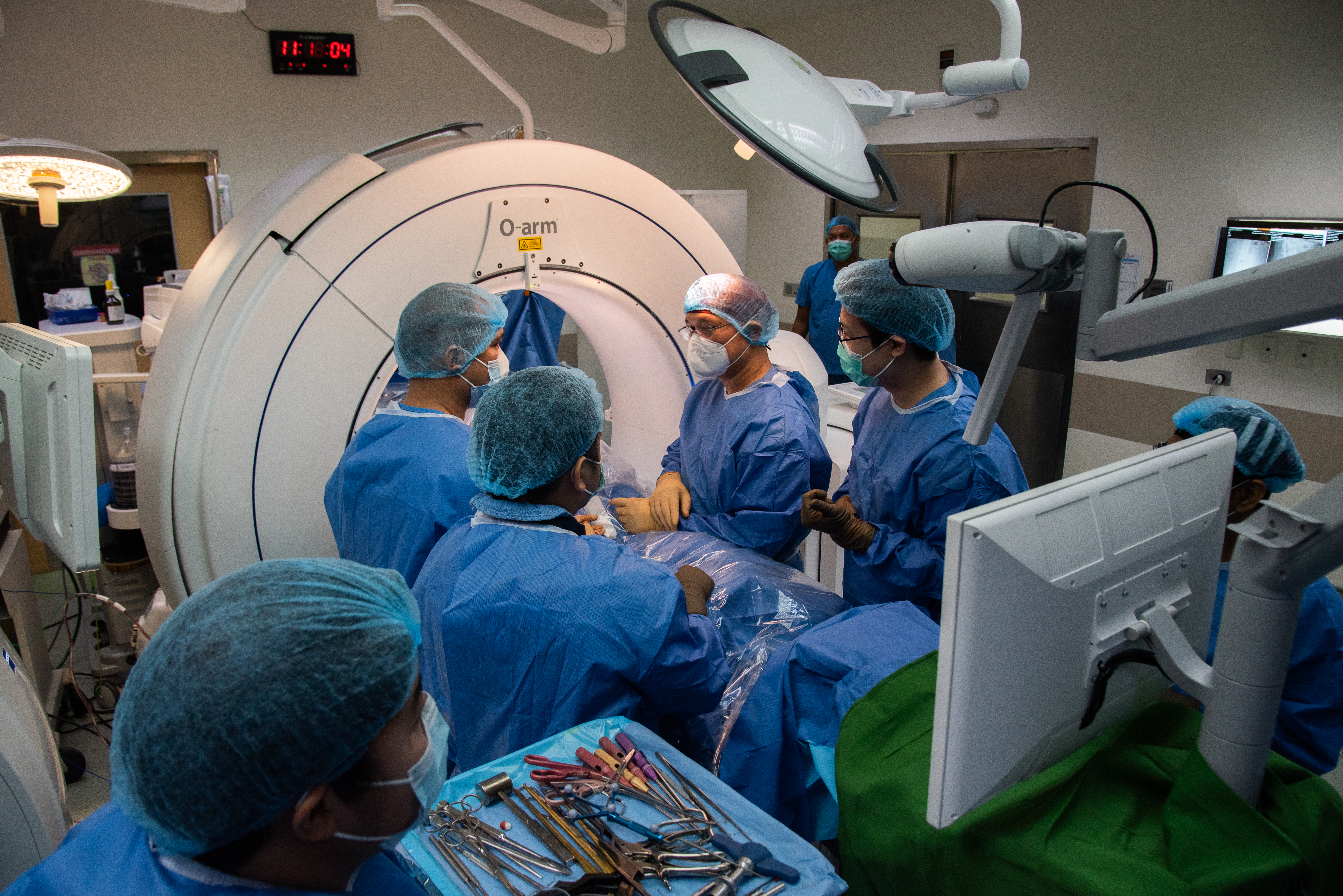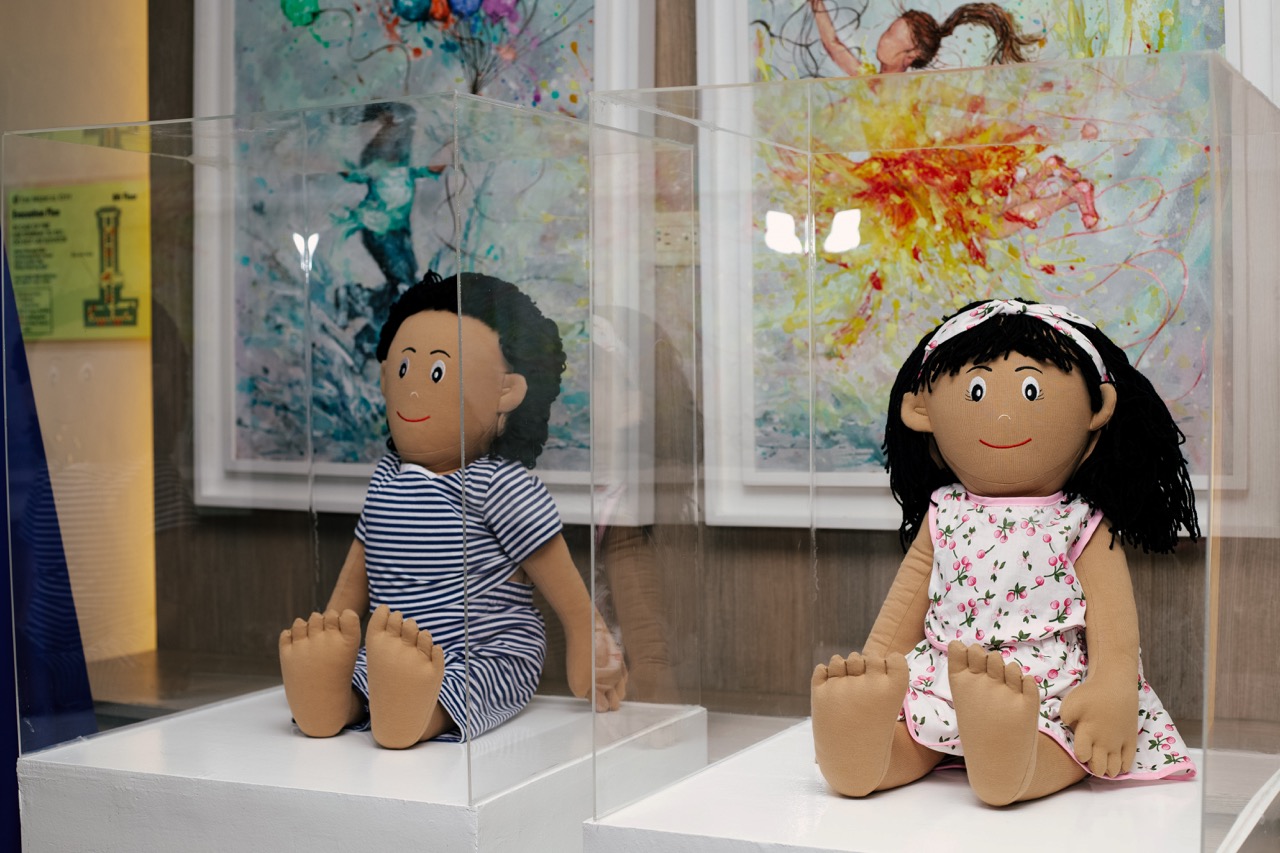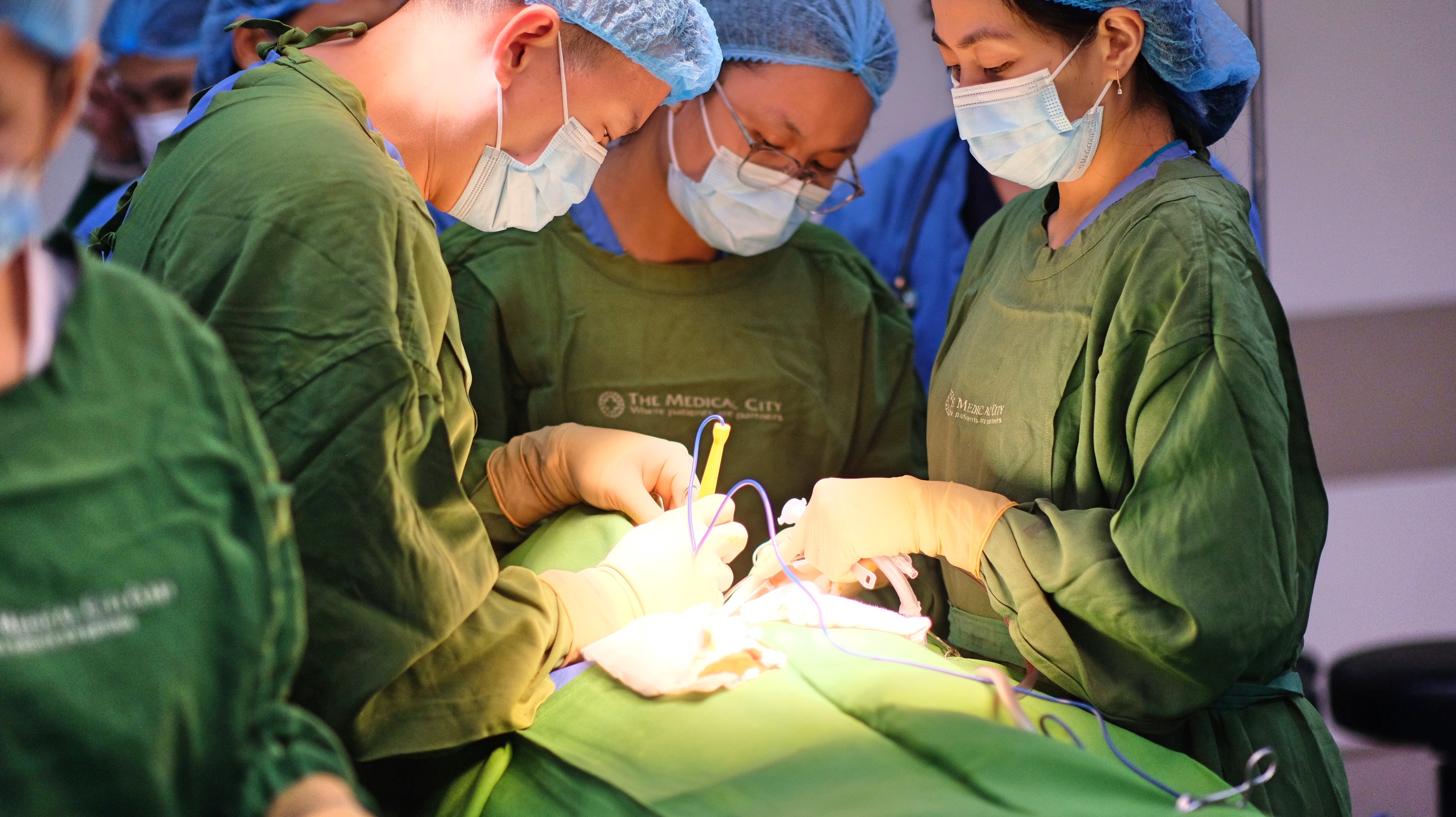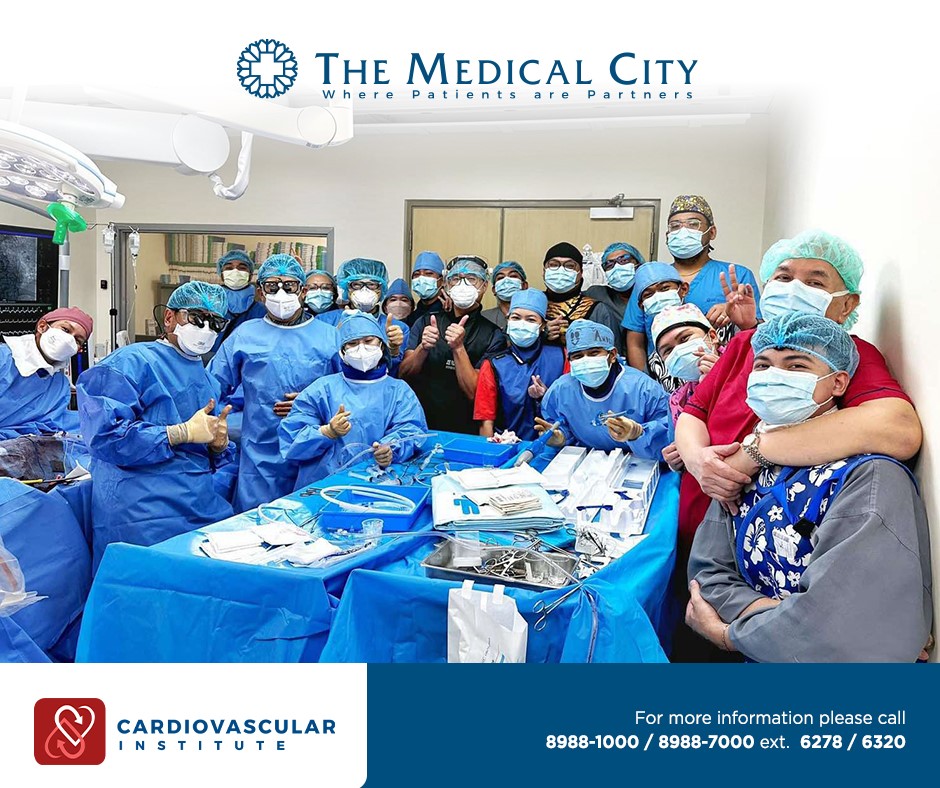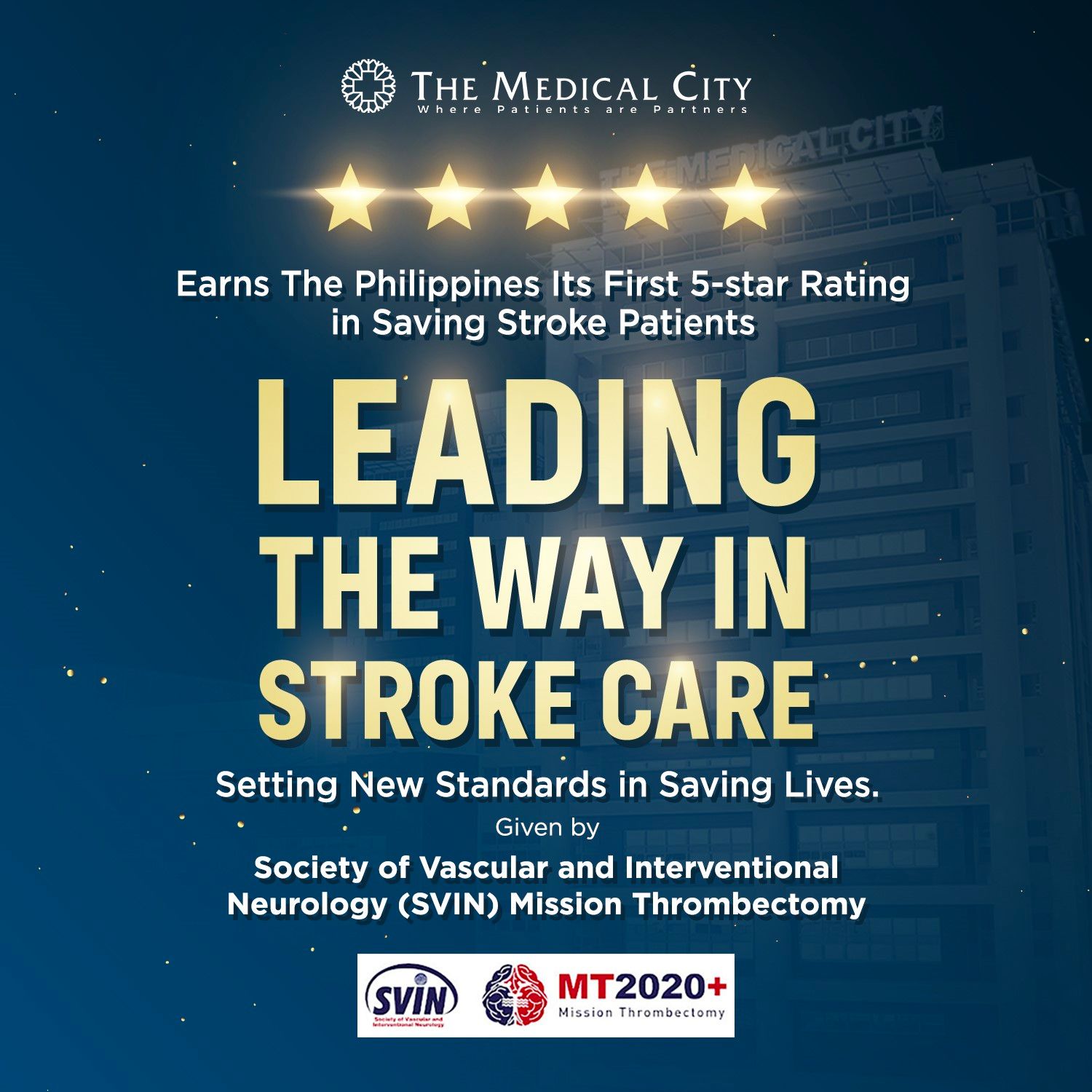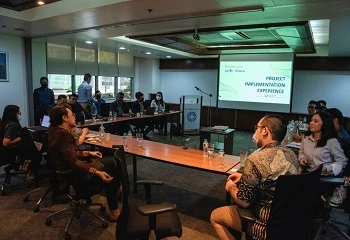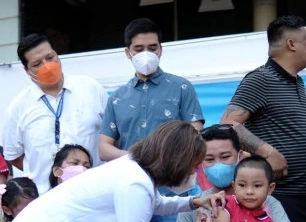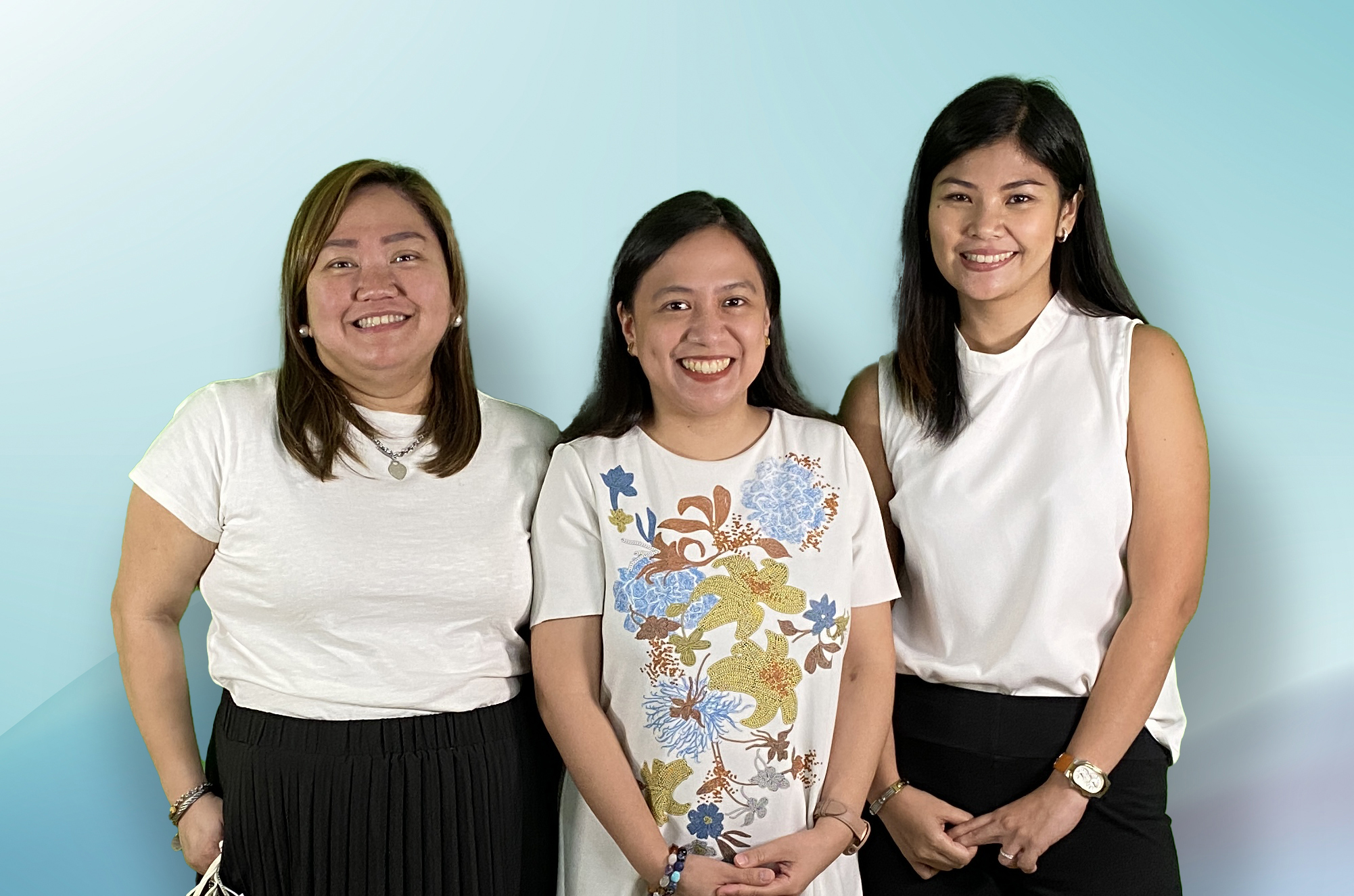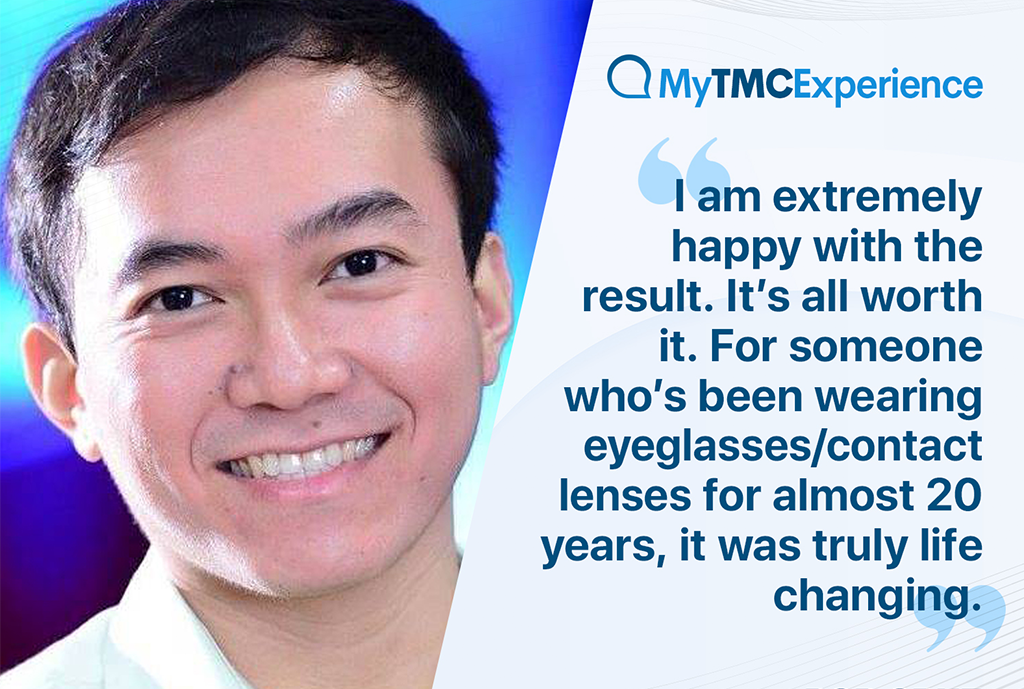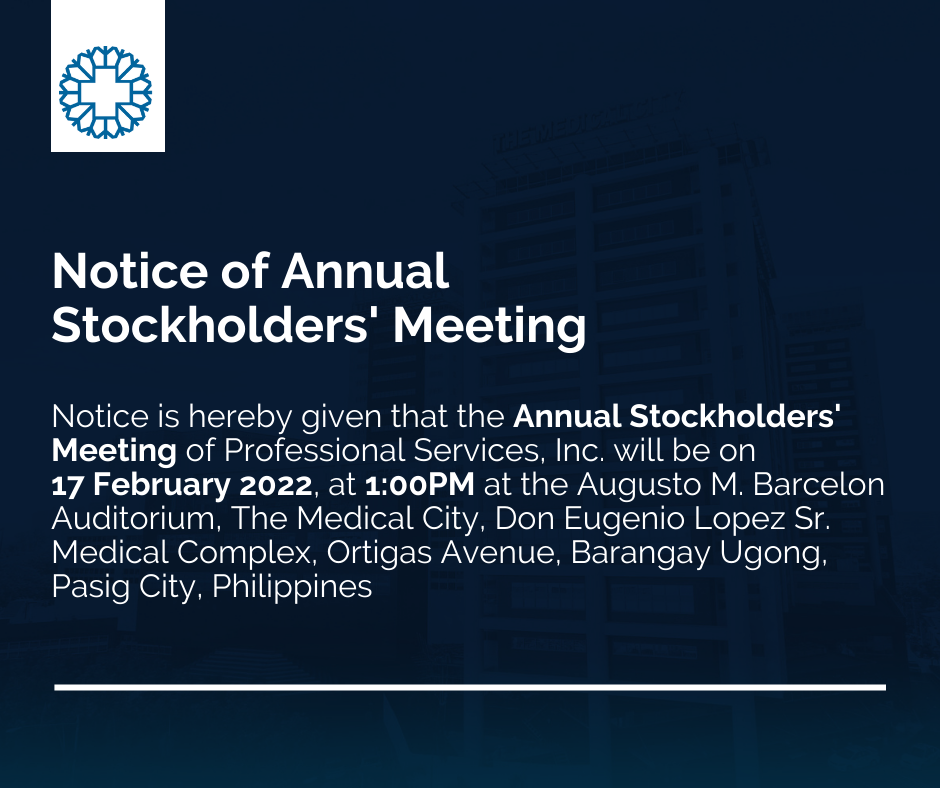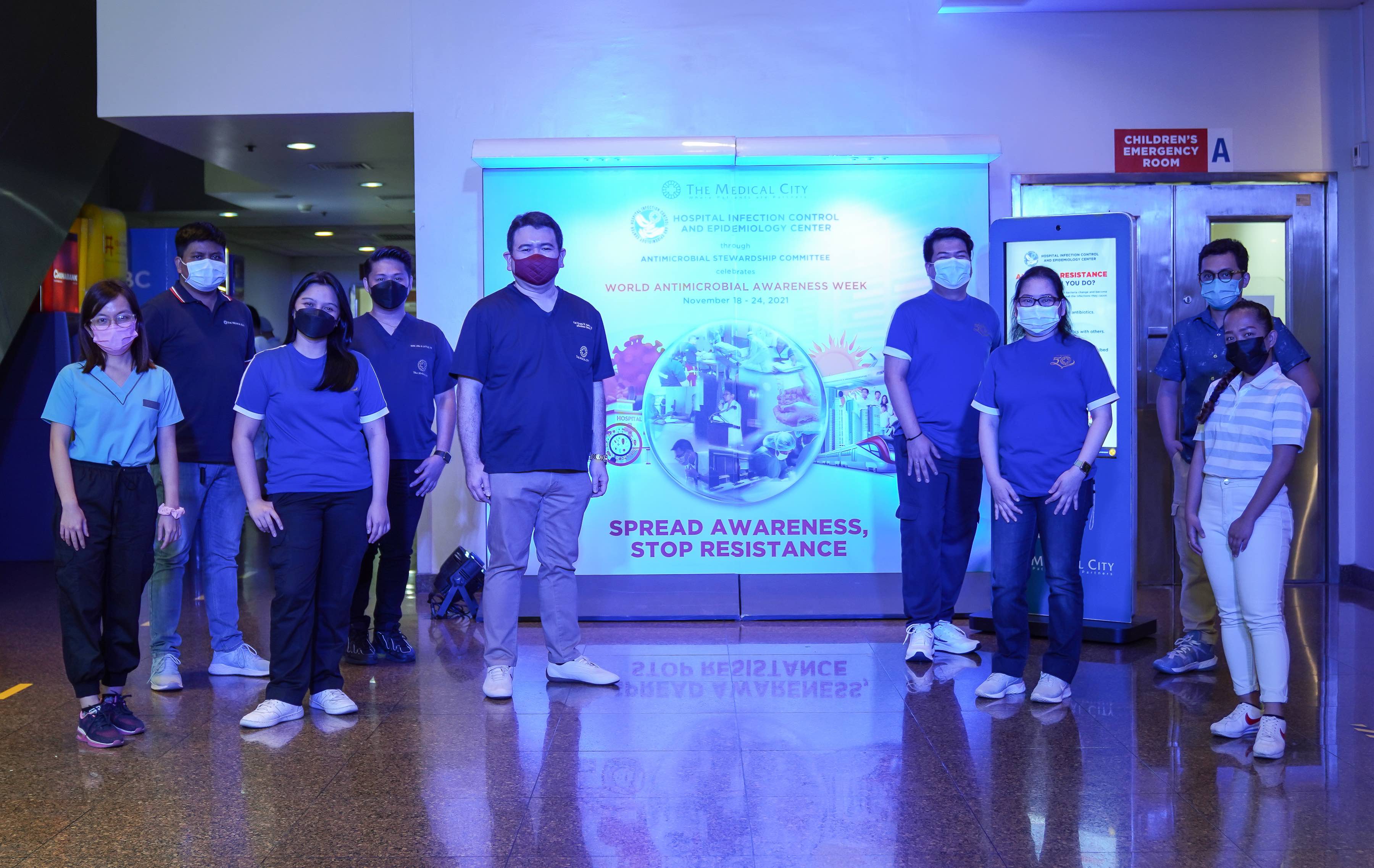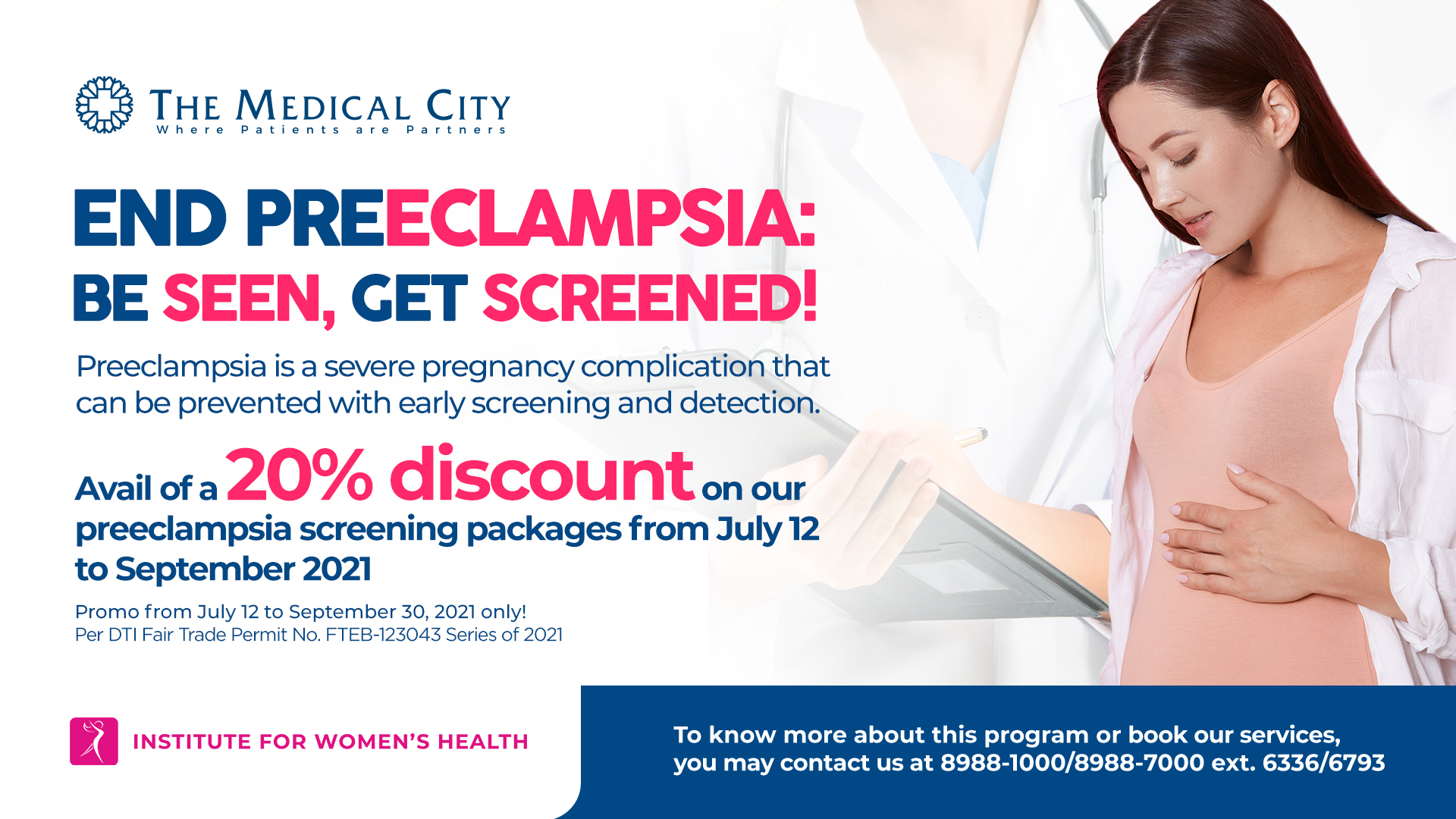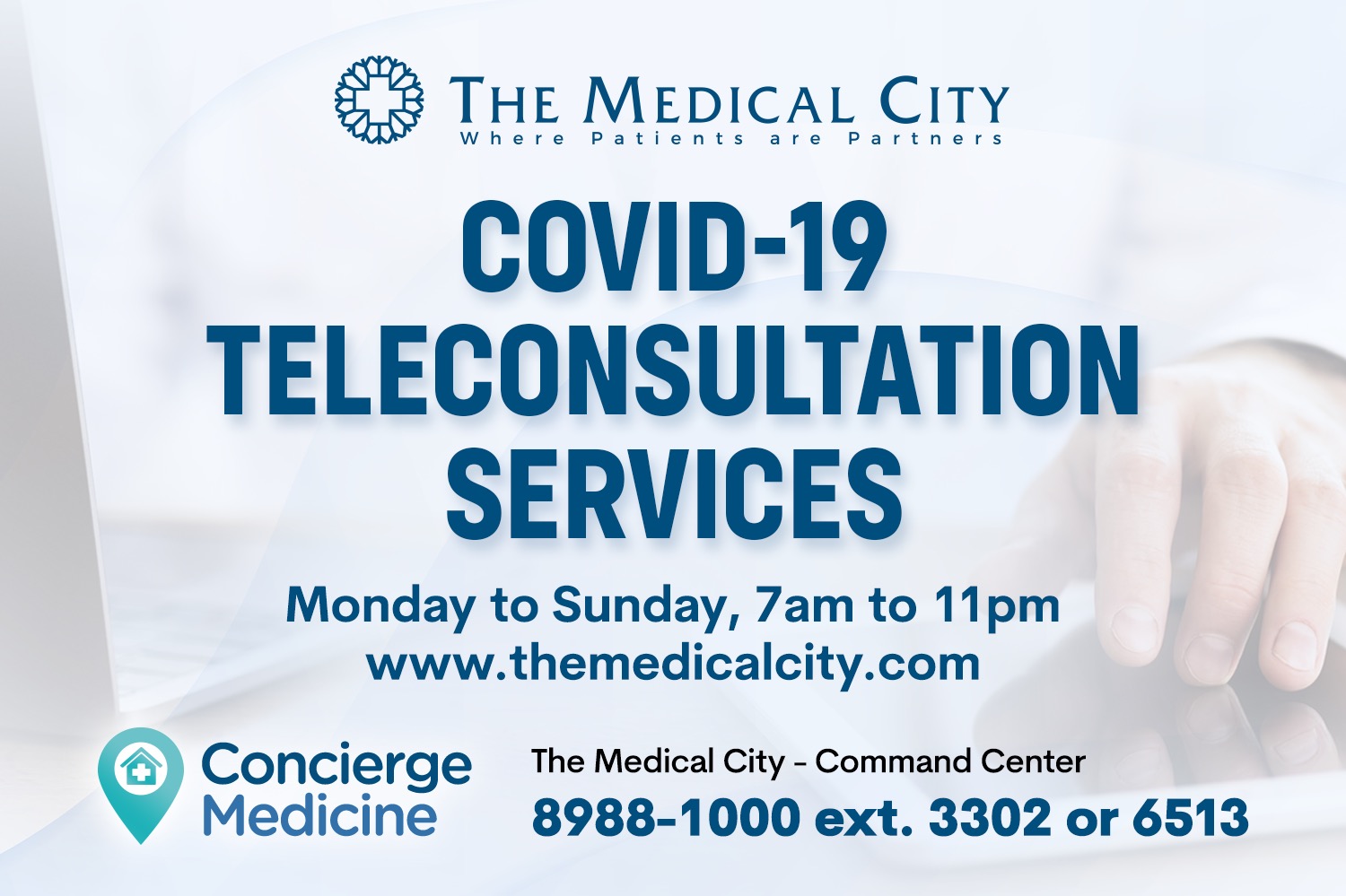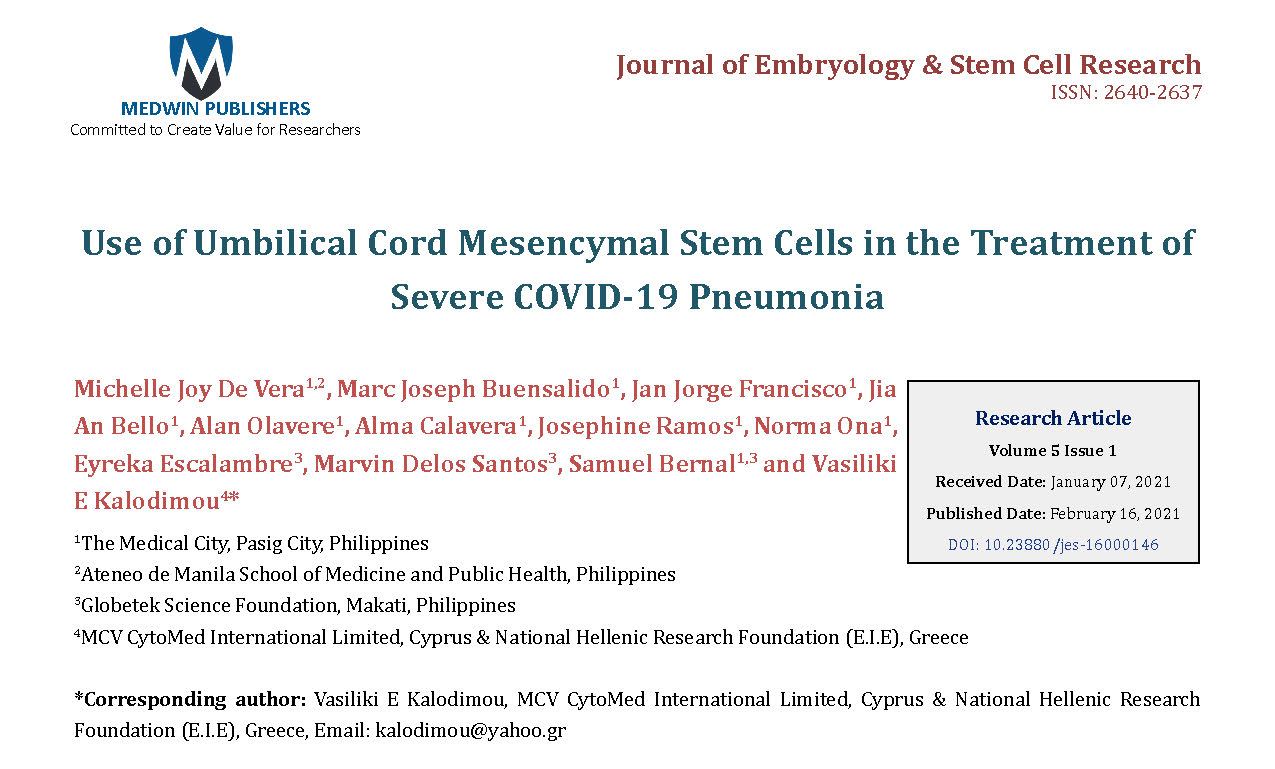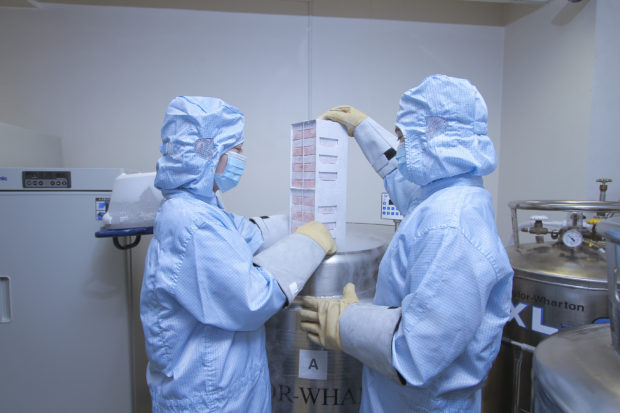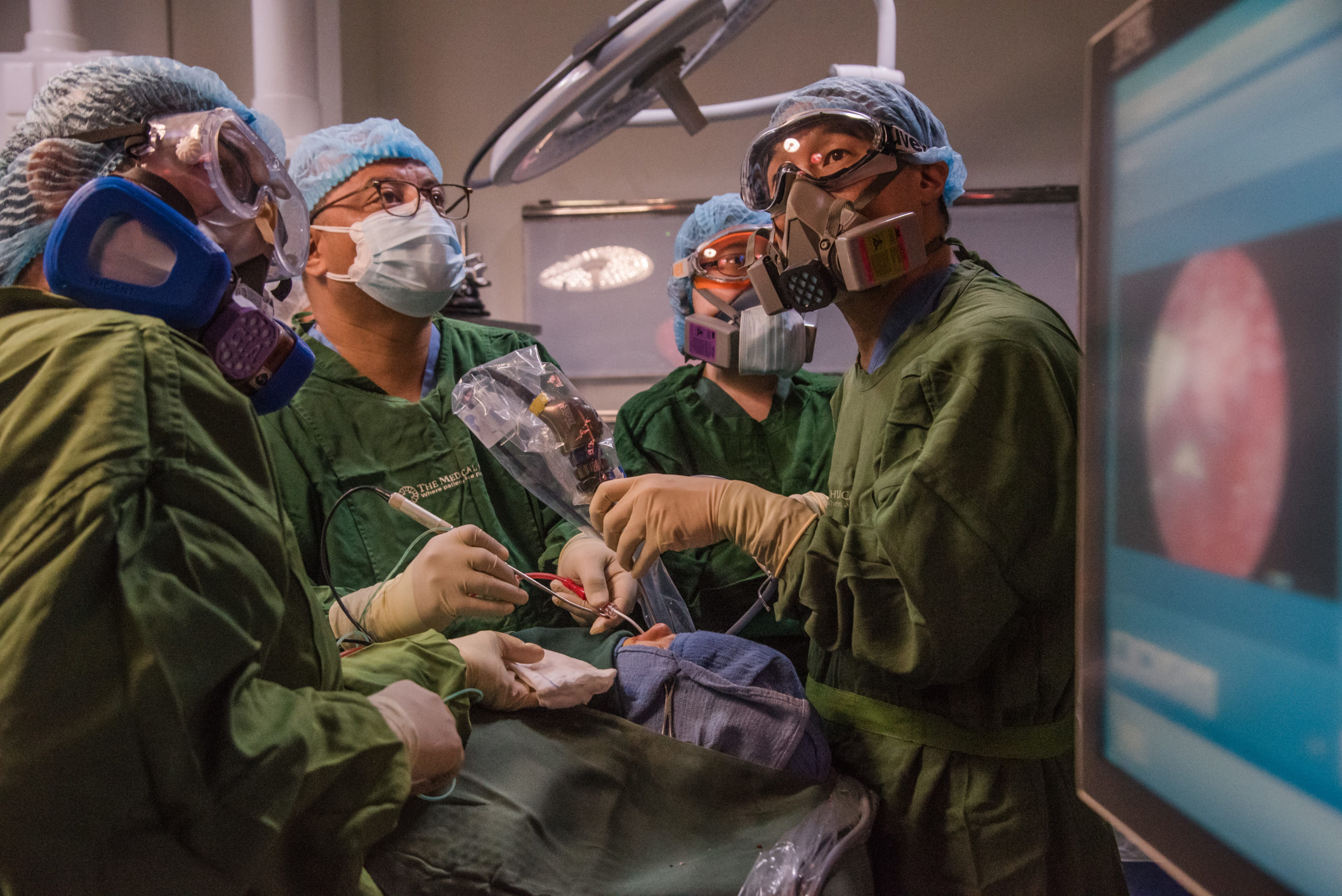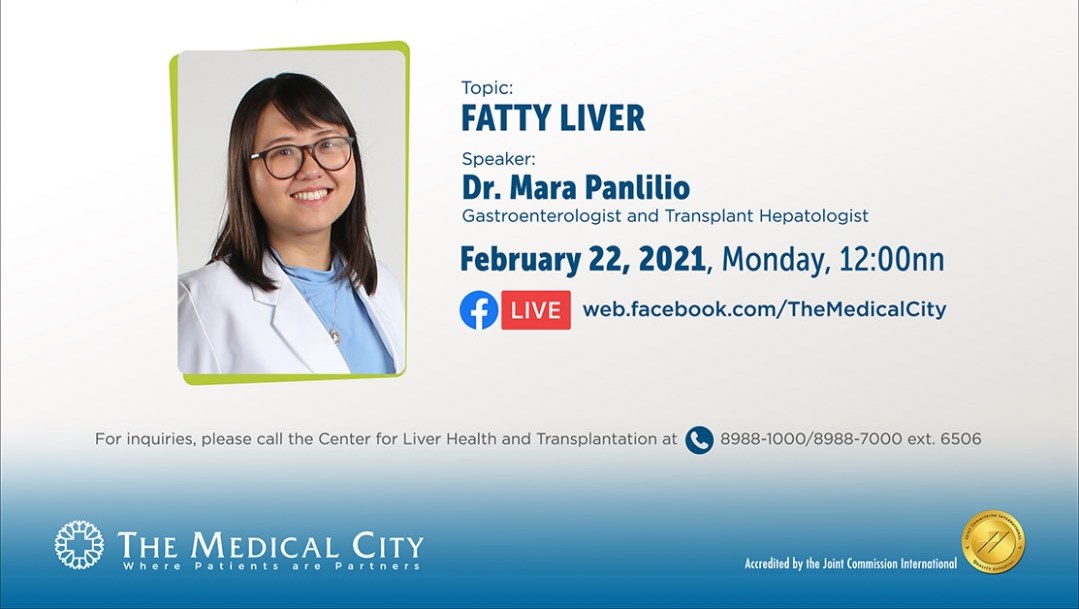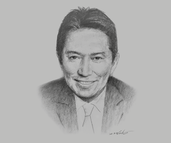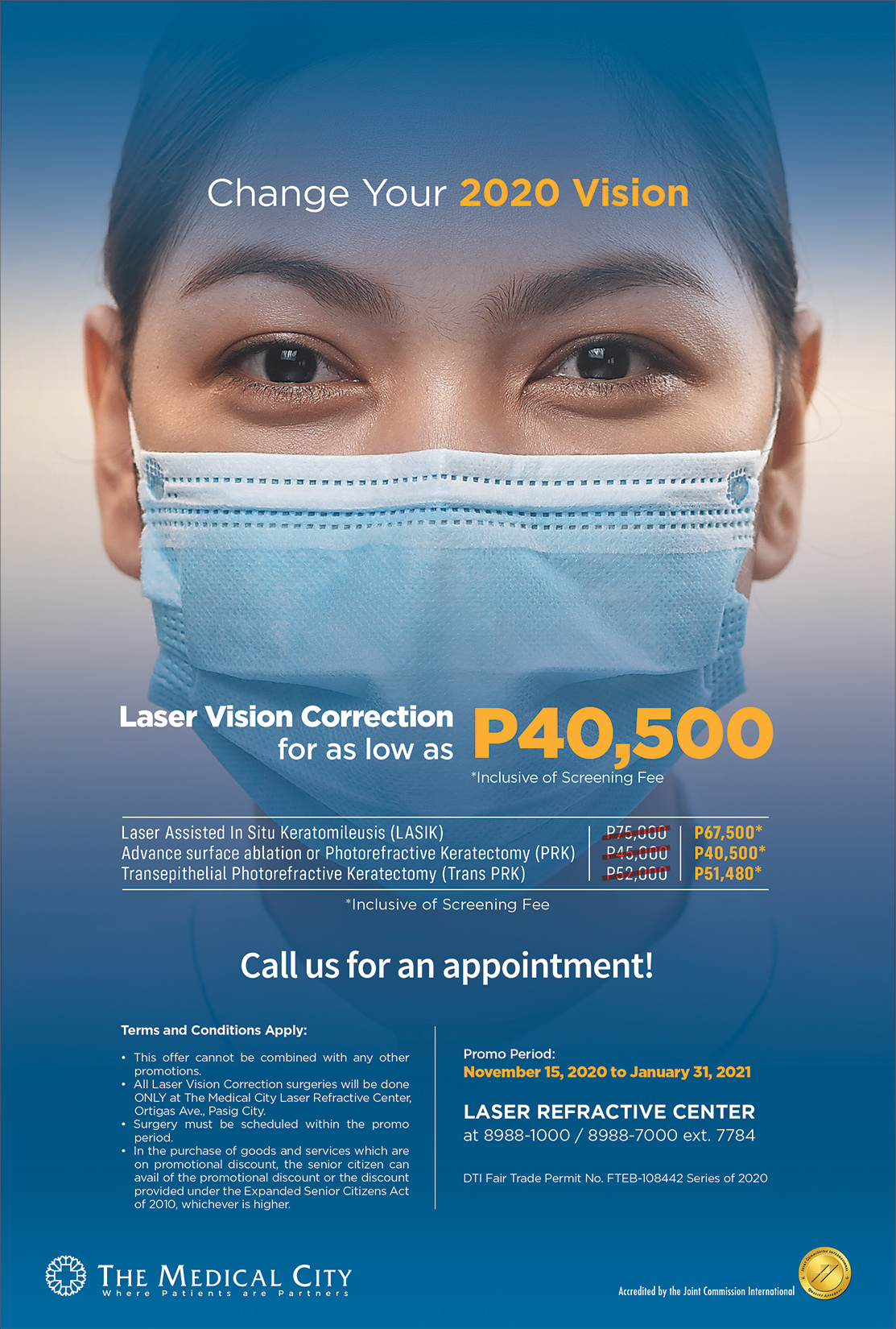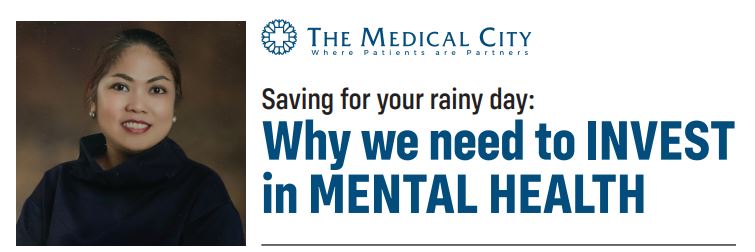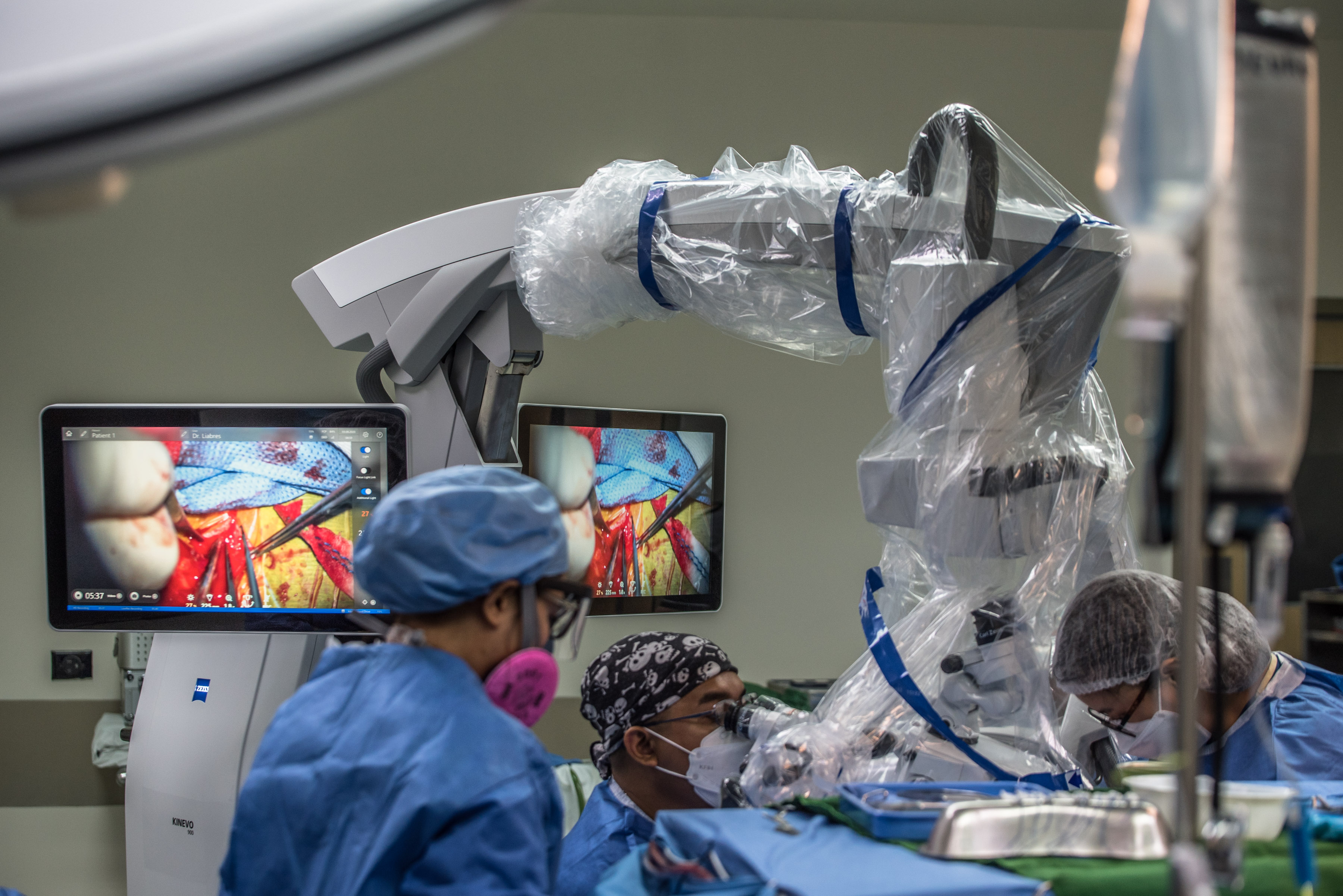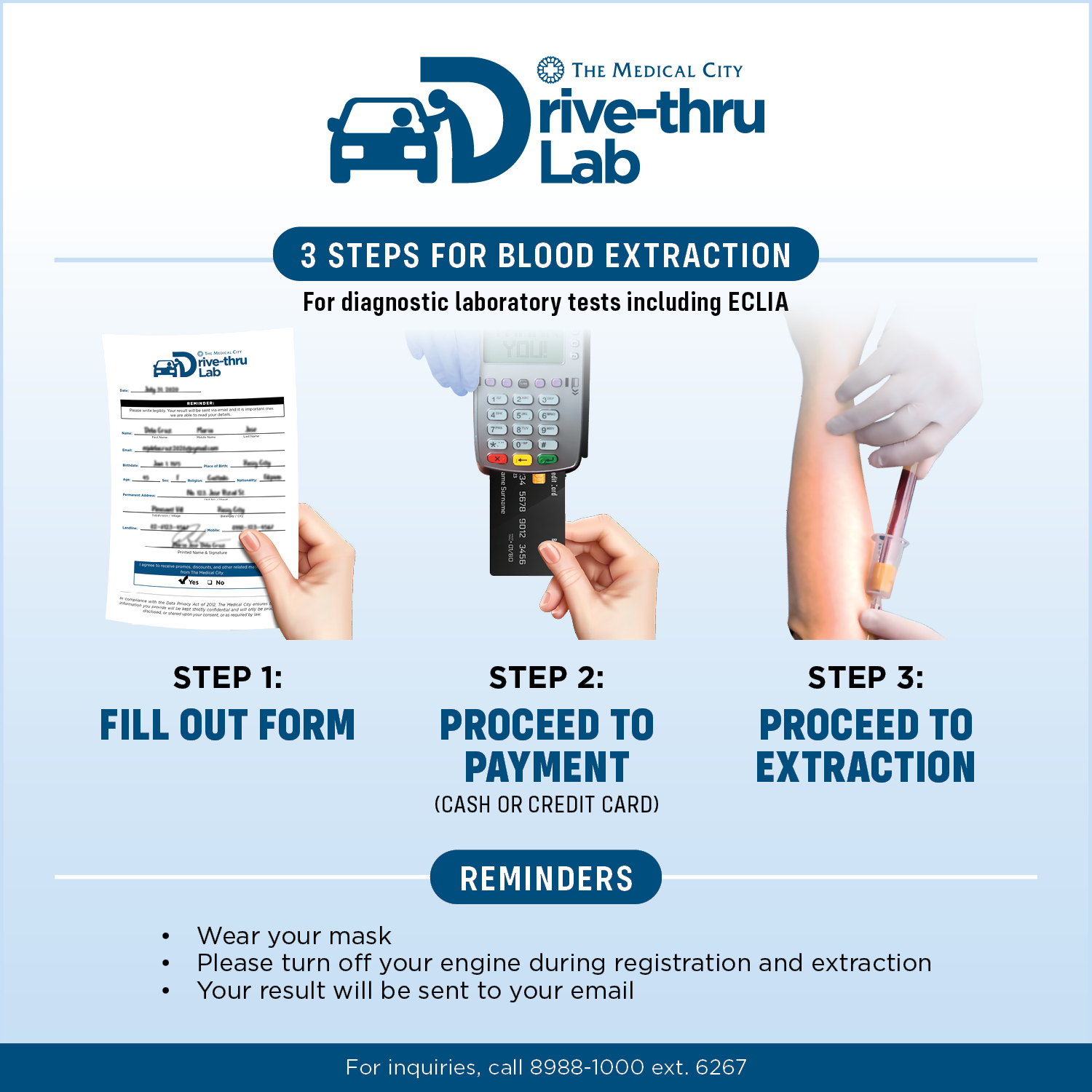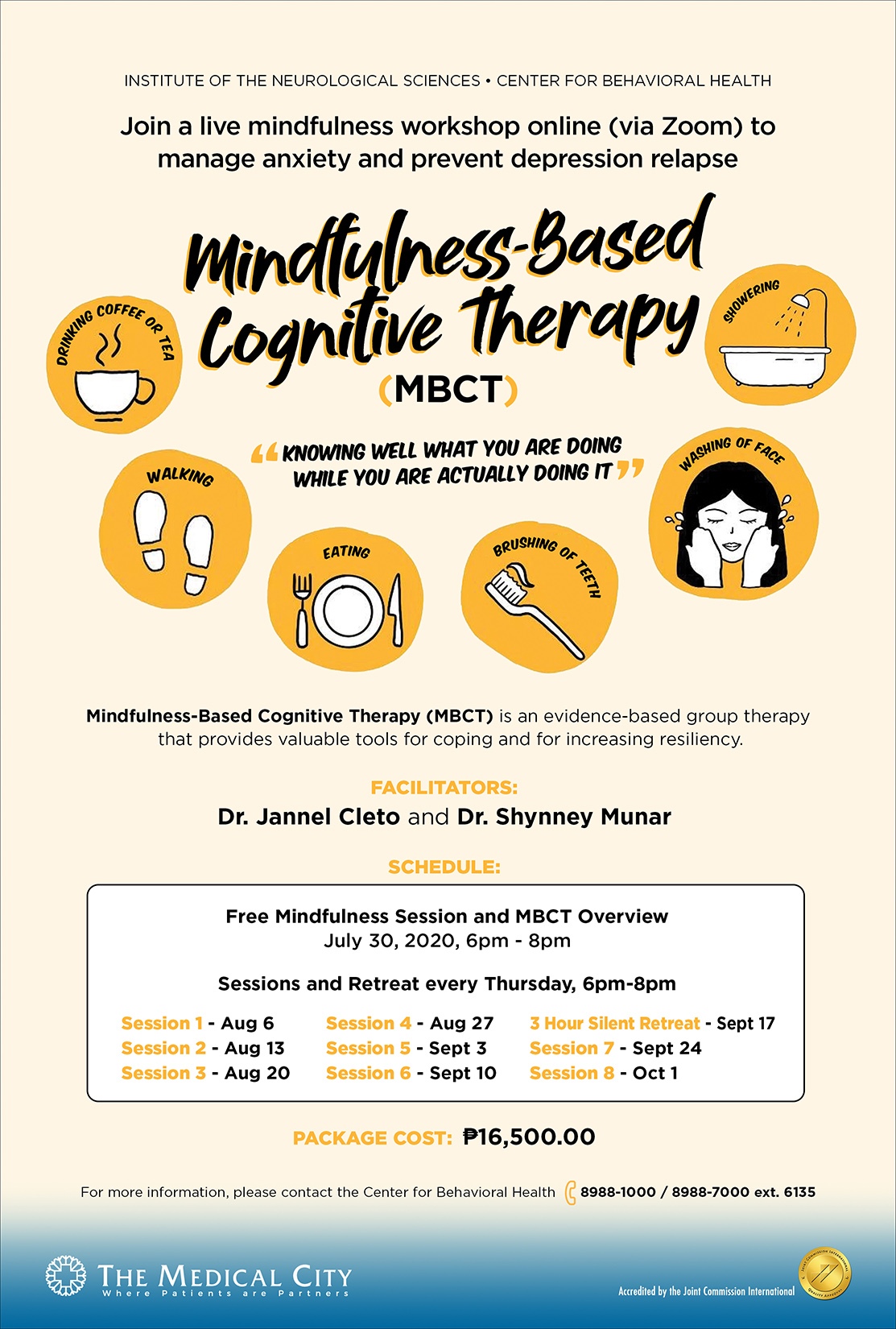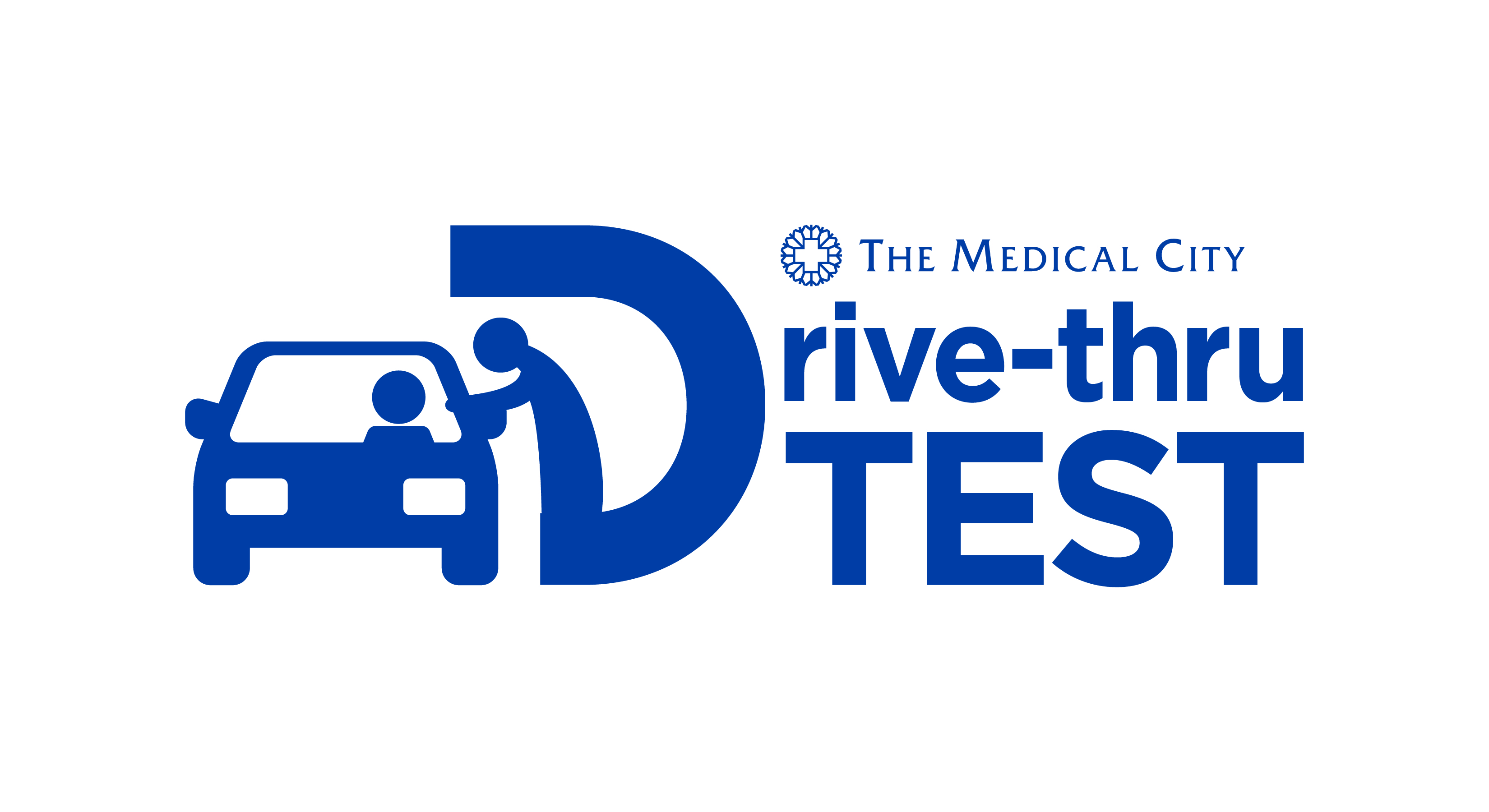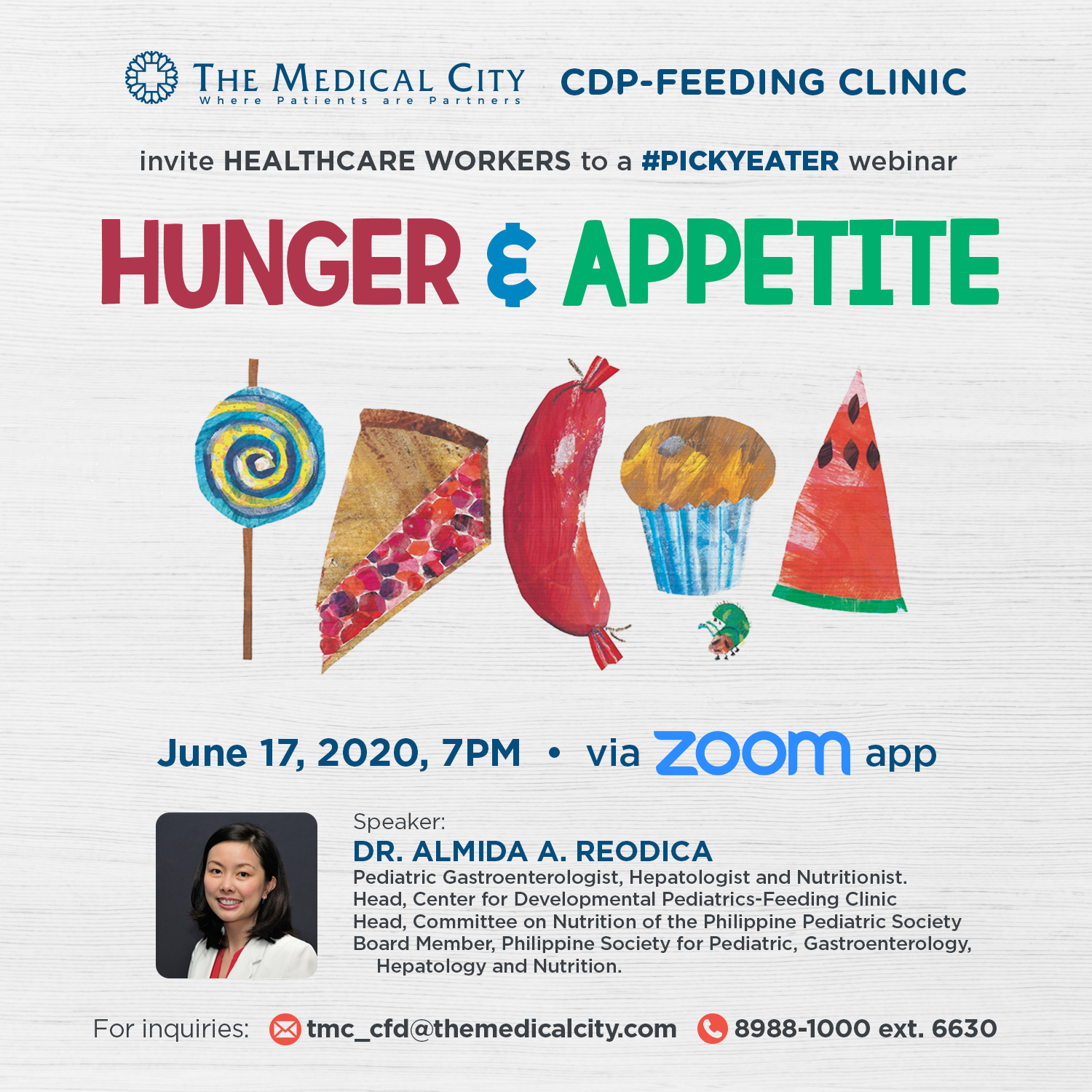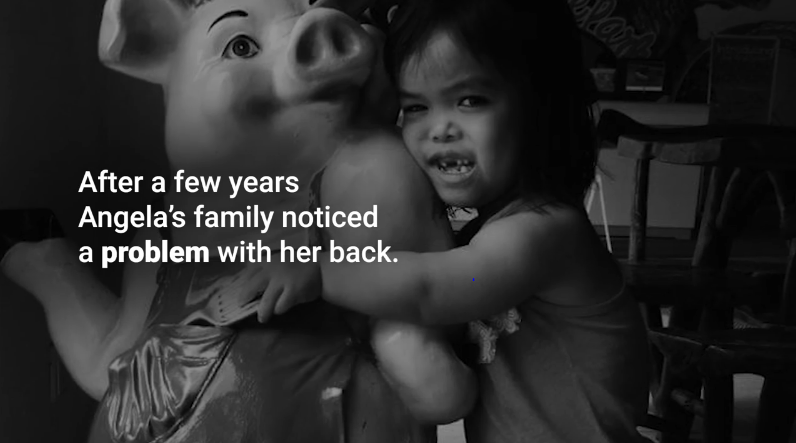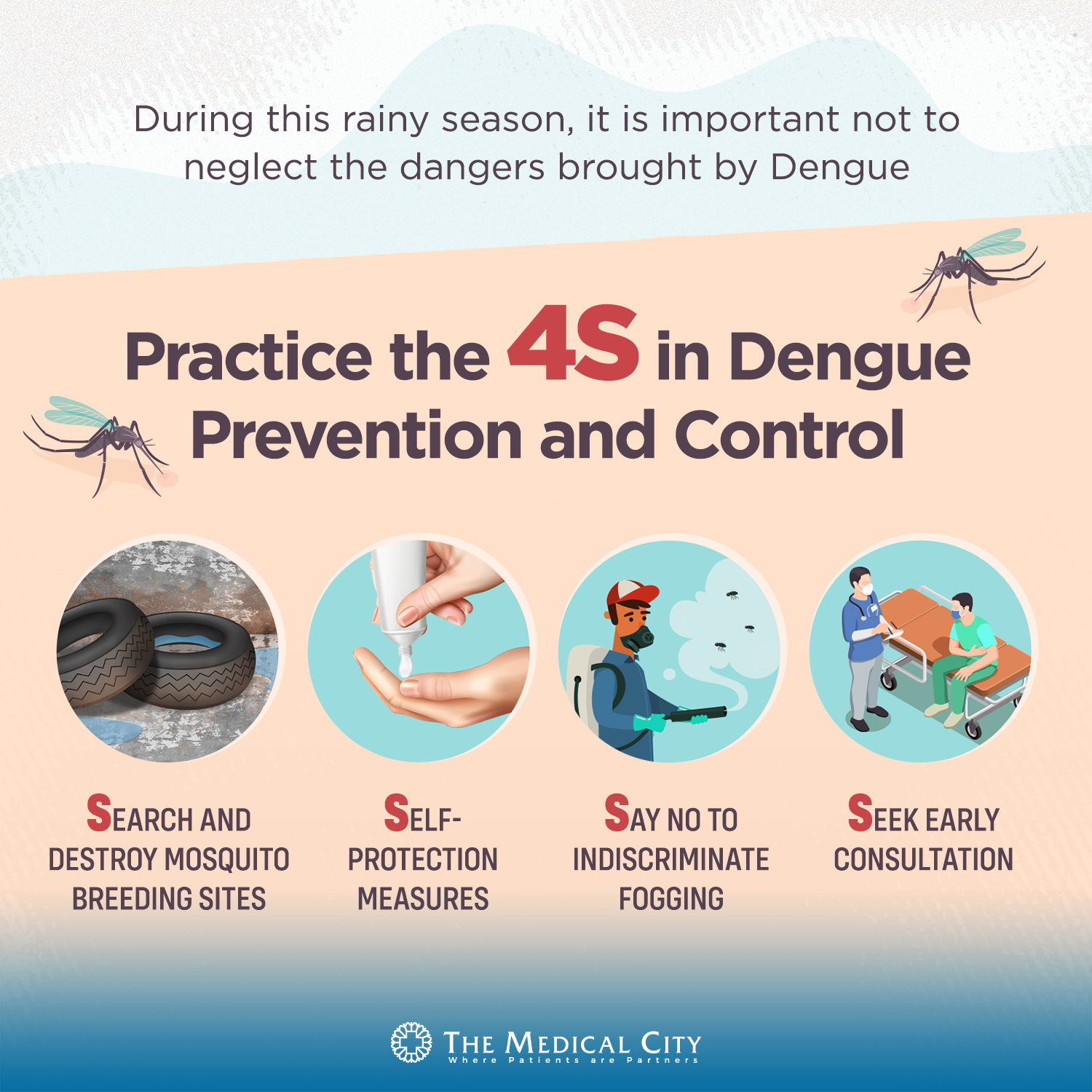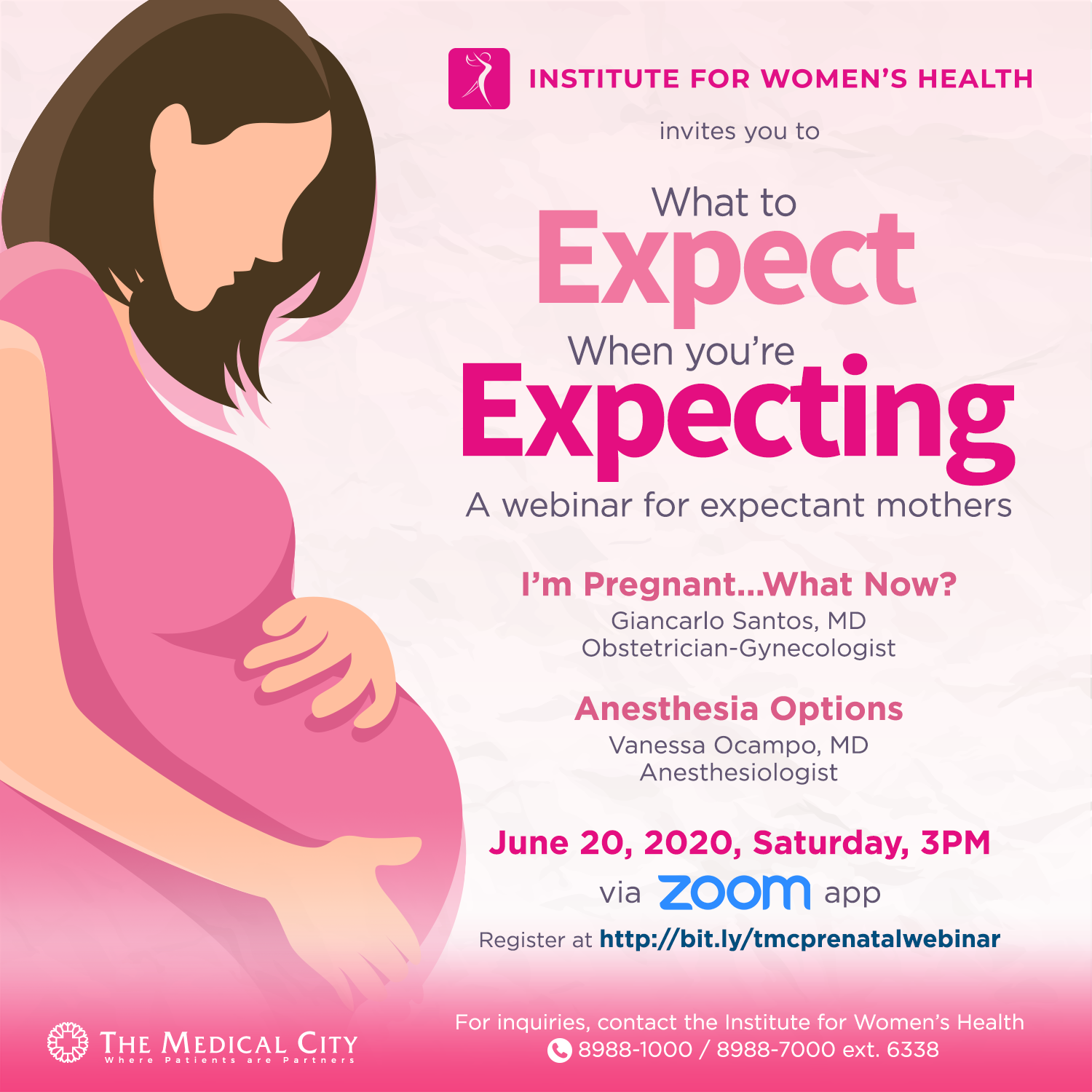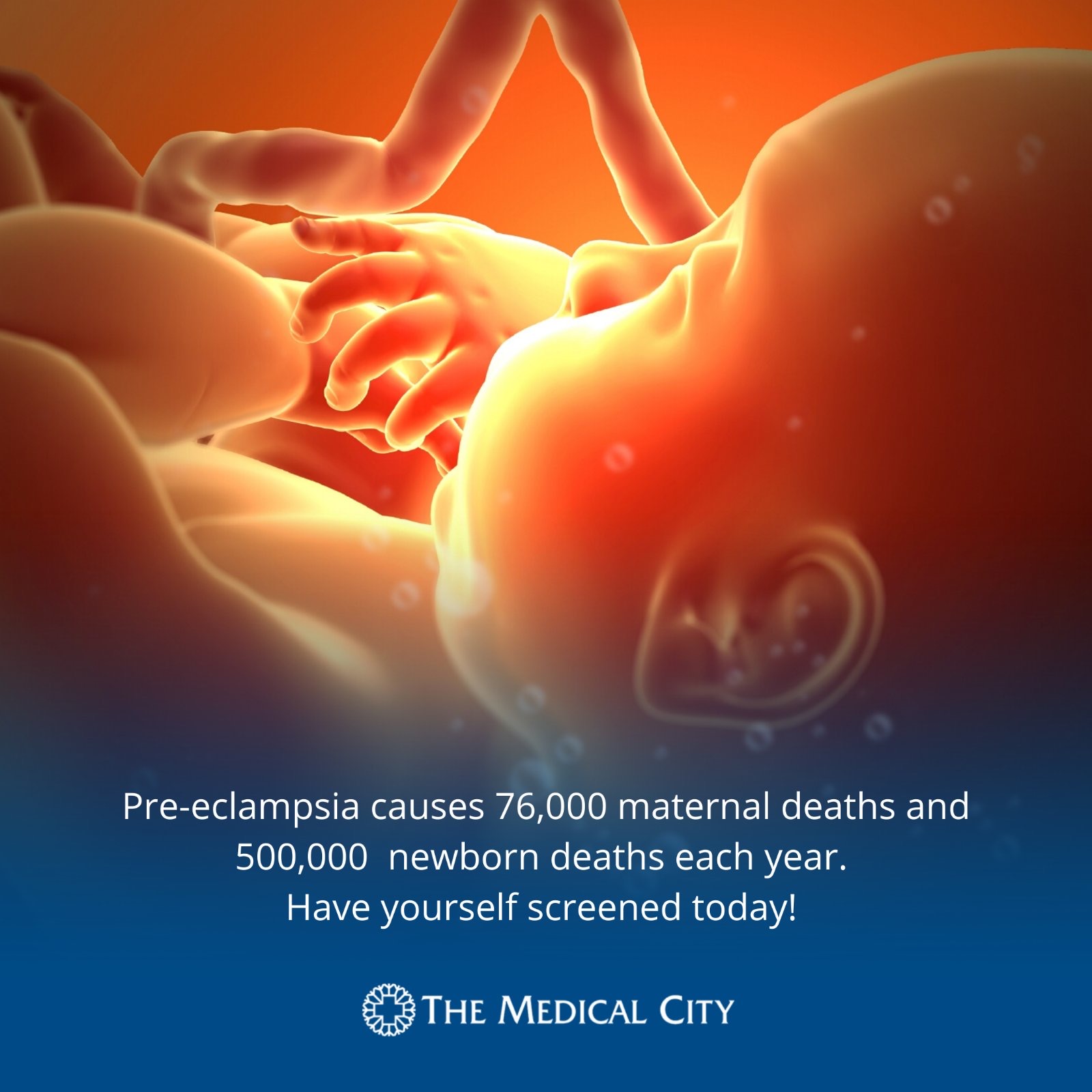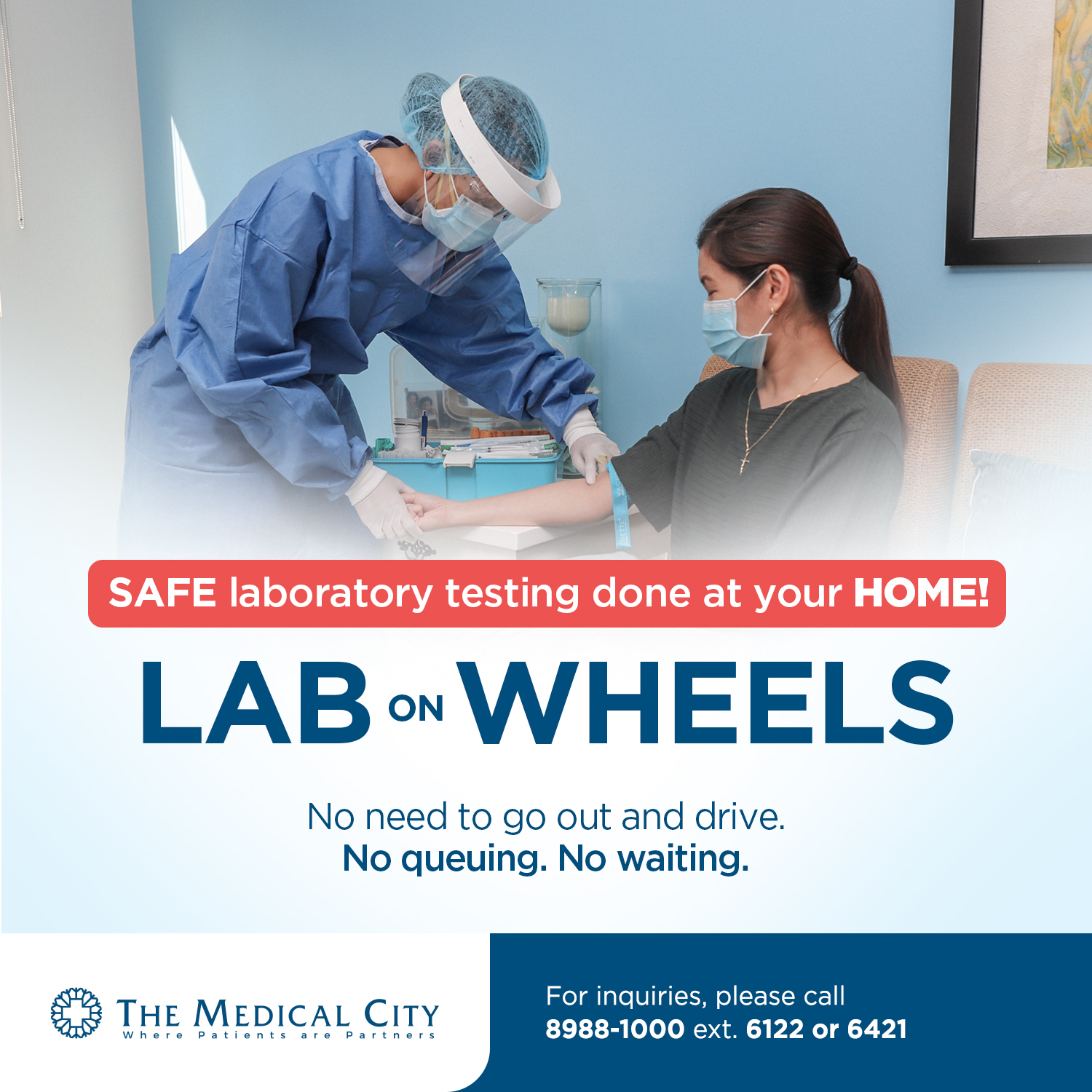Speech Delay

This term refers to the act of conveying one’s meaning or message to others. It also involves an interactive process as a recipient is recognized and needed. On the other hand, language is a tool used to communicate. Language is defined as a complex system of signs for communication.
COMMUNICATION and LANGUAGE
What is communication?
This term refers to the act of conveying one’s meaning or message to others. It also involves an
interactive process as a recipient is recognized and needed. On the other hand, language is a tool used to communicate. Language is defined as a complex system of signs for communication.
The need to communicate is a basic human instinct. A baby’s cry is the way it communicates to its mother. Eye contact or a smile is an infant’s means to communicate. These illustrate that language is both non-verbal and verbal.
Language is the foundation for reading and other forms of higher learning. Therefore it is the main developmental and learning task for children from 2 to 5 years.
What are communication disorders?
Communication disorders fall under a big umbrella, under which there many other possible conditions. A communication disorder refers to a disorder in the ability to convey one’s meaning or message to others, whether verbally or non-verbally. One may see a communication disorder in children with the autism spectrum disorders, cognitive problems, language-based learning problems/disorders or other types of learning disorders.
Language disorders, on the other hand, refer specifically to disorders in the verbal area of
communication. This is caused by an underlying brain-based difficulty in learning the complex system of signs for verbal communication (language). This may lead to reading and reading comprehension difficulties or disorders later on.
How does one detect problems or disorders in communication?
The most obvious clue for communication problems is a delay in speech or language. Any problems in communication or speech/language delay in young children are reasons for concern. Language delay in young children (2-5 years) is a sign or clue for reading or learning problems that may occur later on in the primary school level.
Language delay usually becomes apparent only when a child is 2 to 4 years old. It would be better, though, that this problem is detected as early as possible so that intervention can already be undertaken. However, there are earlier but more subtle signs of communication problems like:
• lack of eye contact
• absence of pointing
• the inability to “connect” or respond to others
On the other hand, for language disorders, children who have these can communicate non-verbally (they can point, gesture and have eye contact). However, they do not seem to understand the spoken word. They have a difficult time acquiring language, which is manifested through:
• no spontaneous utterances
• no desire to repeat the words they hear
• or if they do repeat words, they sound very different
• difficulty in or absence of phonemic awareness (cannot distinguish long vowel sounds from short vowel sounds; cannot distinguish beginning or ending sounds of a word; cannot sound off consonant blends, etc.)
What causes communication or language disorders?
Here are several factors that increase the risk in children for these disorders.
1. There is a genetic predisposition for communication or language disorders. In other words, one may see a history in the family of language delays, weakness in the area of verbal expression, or difficulties in school.
2. There are numerous factors in the environment which may affect how severe these disorders may become. These factors are:
• lack of proper language stimulation, neglect of developmental needs
• family dysfunction
• unstructured home environment; lack of routines
• too much television exposure
• stress, trauma, abuse at home or in school
• lack of confidence or self-esteem
What happens when you have communication disorders or language disorders?
Communication disorders or language problems may be just a part of other conditions such as:
• autism spectrum disorders,
• language-learning disorders, language disorders (expressive or mixed receptive expressive),
• language-based learning problems
• reading and reading comprehension problems
• other learning problems like dyslexia
• cognitive problems
The complications of unattended communication and language problems are numerous and far-reaching, namely: behavioral problems, learning disabilities, and school failure. Remember: language delay in young children (2-5 years) is a sign or clue for future reading or learning problems.
How are communication disorders or language disorders diagnosed?
A comprehensive evaluation by an experienced clinician is required since these disorders are part and parcel of other conditions. A developmental pediatrician may be able to clearly see the distinctions. More important than the diagnosis is the tracking of the child’s development and learning trajectories. This is because the diagnosis becomes more apparent as the child gets older and improves as he or she receives the necessary interventions.
Why is it important to get a diagnosis or evaluation? Isn’t it true that children should not be compared or labeled?
While it is true that every child is unique, they also share many things in common. When one talks about developmental and learning milestones, these are observations culled through research on thousands of children. The result of this research shows normal patterns of development for most children. Therefore, if a child deviates from the usual expected patterns of development and learning, they may have more difficulties later on.
Research also shows that parents usually observe and compare their child’s development with other children. This is normal behavior and research shows that parental concern based on these observations is highly valid.
Therefore, for any concerns, especially if the child is not at par in terms of developmental milestones when compared to other children, a comprehensive developmental assessment and evaluation by a developmental-behavioral pediatrician is justified and needed.
Is early diagnosis and intervention really necessary? Should we believe it when older people say “the child is only delayed; don’t compare him to others; he will eventually catch up” or “boys are really more delayed,” or “he is just a late bloomer”?
When one talks about learning and brain development, one should realize that it follows a logical and step-wise process. A child’s brain must master a foundation for learning before it is able to move forward and learn other more complex things. The foundation for learning is language.
The earlier the problems are detected, the earlier something can be done and the problem be overcome, or more serious learning conditions can be averted or prevented. Any early problems in language, if not addressed or corrected, can lead to later learning problems and poor school performance.
There are many more services available now to address children’s developmental and learning needs as compared to a decade ago. Therefore, there is no more reason to just “wait and see” when you can DO SOMETHING NOW.
What are the available “treatment” options?
The human brain, especially a young child’s brain, has an amazing ability called “neural plasticity”. This means it is like clay—it can be molded to anything one wants it to become. But molding clay, like developing the human brain, requires work and effort. And just like clay which hardens after some time, the human brain also starts setting over time, so if it is not fixed” or developed properly, it will also set the wrong way. Like a lump of clay that is not formed, over time it will just harden as a shapeless lump of clay. Therefore, a brain that is not trained or taught will harden unformed and undeveloped.
There has been a huge body of research into the functioning of the human brain over the last decade. What we knew of the human brain before may now be outdated. Furthermore, the environment in which children are growing up now is so different from the environment our parents lived in. With 24/7 cable TV and the fast-paced life with 2 working parents, the environment is no longer conducive to optimum child development. So why take a chance on our child’s brain development? Why assume a “wait and see” attitude? Time is of the essence in forming our child’s brain. The longer the problems remain unattended, the more complications (in terms of learning potential and behavioral issues) will develop and the less we can do to mold or remold the brain.
So “treatment” consists of:
• Proper diagnosis or detection of the problem
• Modifying the child’s immediate environment (home and family), which will require parental education
• Referring them to the necessary and developmentally appropriate therapy or learning programs (occupational therapy, speech therapy, reading programs, educational programs, etc.)
• Continuous practice of skills and learning to develop mastery in the child
• Monitoring the child’s progress and re-evaluating his development and learning
• Coordinating the child’s programs through team conferences, school visits and family conferences
What needs to be done? What services are available?
For any concern, parents may go to the Developmental Screening and Surveillance Center of the Medical City. The tool used in this center is known as PEDS (Parental Evaluation of Developmental Status). The results of this screening test will either validate the parents’ concern, reassure the parents, or recommend other activities to enhance the child’s development.
Once the parental concern is validated by PEDS, a full and comprehensive assessment and evaluation MUST be done by the DEVELOPMENTALBEHAVIORAL PEDIATRICIAN. The Developmental-Behavioral Pediatrician will coordinate and monitor the child’s intervention, progress and subsequent development. Therapy services (occupational and speech), neuropsychological evaluation, educational liaison, parent support groups, family education and support will be provided in the Medical City Child Development Center.
References:
- Children’s Communication Skills: from birth to five years by Belinda Buckley. 2003 Routledge, London
- Language Learning: A lifelong Process by Joseph Foley, Linda Thompson. 2003 Oxford University Press, New York
Note: This information is not intended to be used as a substitute for professional medical advise, diagnosis or treatment. If you or someone you know have any of the symptoms mentioned above, it is advisable to seek professional help.
For more information, please call:
CENTER FOR DEVELOPMENTAL PEDIATRICS
Ground Floor, Podium Building
Ortigas Avenue, Pasig City, Metro Manila, Philippines
Tel. No. (632) 988-1000 / (632) 988-7000 Ext. 6630
CENTER FOR PATIENT PARTNERSHIP
Tel. No. (632) 988-1000 / (632) 988-7000 Ext. 6444
Email: mail@themedicalcity.com
www.themedicalcity.com


